Dear friends,
One of the most famous sights in Cappadocia is the scores of hot-air balloons rising at dawn, a treat not to be missed. And what a wonderful way to start the day, although undoubtedly it was very early and very cold!
Many already up and away when we arrived for our flight
Firing up the balloon, this takes quite some time
This one left just before us, putting more bursts of heat to rise quickly
Just drifting on the air currents, some high some low, above the craggy landscape still in shadow
In whichever direction you look, there are bright balloons against the blue sky
Some balloons went really low into the valleys
Balloons silhouetted against the skyline with the extinct volcano Mount Erciyes beyond
Lovely shadows across the land as most of the balloons make their final descent
A lovely colorful trio below us as we too come down for our landing
Jeanne and Roger still wrapped up warmly but big smiles after the thrilling ride,
and it seems from the photo that Roger has an idea forming!
Once down, the ground crew maneuver the basket onto the waiting truck before everyone climbs off
A glass of bubbly to celebrate your ride and a certificate to prove you did it
After a well-earned breakfast, we set off for the next adventure of our action-packed day, and this time descended into the earth rather than gliding above it. The softness of the volcanic tuff, as explained in the last story, made it easy to excavate in order to create dwellings. In more than twenty places, whole cities were constructed underground and these settlements had living quarters, stables, wells, ventilation systems, churches and storage rooms. Some of the labyrinths of hand-carved tunnels burrowing some ten or twelve stories deep are 4,000 years old. When marauding armies swept across the Anatolian Plain, these underground cities were the refuge of the local people. We visited the city of Kaymakli where some of the rooms and passageways, in four of the eight levels have been open to the public since 1964. The city covered an area of about a square mile and could have housed as many as 20,000 people.
Waiting in the queue to descend into the city, (only small groups are allowed in at one time),
this pretty young girl was with her Dad in the line in front of us
Interconnecting rooms and passages, well lit and with some glass floor panels to show lower levels
Definitely an advantage to be not so tall when clambering through some of the passages and doorways
One of the massive round stone doors that could be rolled across to prevent any enemies entering
Long passage ways between different sections with small family rooms off each side
Jeanne F checks out another doorway, with this door having fallen on its side.
The doors weighing a ton or more would have been carved in place and moved along a narrow channel
Climbing up another narrow passage way on the way out. It was amazing to imagine thousands
of people spending weeks and even months underground in these cities
Back above ground again, we drove through the countryside, with bright autumn colors around us and farming families going about the harvesting of their crops. It was great to be able to stop and chat with the locals and hear about what they were doing and of course take some photos. First stop was to meet a family on the roadside cooking up grape molasses.
Boiling up the grape juice
Skimming off the residue and more boiling to create the sticky molasses (Pekmez)
The mother watched over the proceedings and we had a chat. “I am 83′, she said with such a beautiful smile
Pumpkins everywhere cast a lovely yellow tint across the fields
A group of women working their way through a huge pile of pumpkins to gather the seeds
Looks like pretty hard and monotonous work, but the sale of the seeds brings good money
A pretty impressive looking mansion belonging to one of the women, or maybe an extended family
Plenty of potatoes also being harvested all through this area
And where better to store the potatoes than in an underground cave.
This farmer was unloading so we stepped inside
A conveyer belt chugging the potatoes onto an already decent sized mountain of spuds
This cave holds 500 tons of potatoes, and they keep well in the dark and at a constant temperature
After these stops along the way, we continued on to visit another small monastery, this one also looked after by the family to whom the land belongs. We could see several rooms, including a school room and dining room alongside and also a church with a beautifully painted ceiling. In many of the cave churches where the paintings are in tact or protected, no cameras were allowed, but in this one it was possible.
The monastery complex
One of the rooms, perhaps a store house with a circular stone door, held in place with a wooden pole
A classroom with benches for the students along the wall
The dining area as in other monasteries with a raised centre table and benches either side
Inside the Aziz Stephanos Church, with burial slots and painted ceiling with a cross at the centre
Animals on the walls and a swirling geometric pattern on the ceiling
As in most of the other sites cared for by families, there was always a kettle on the boil for tea, a number of local handicrafts for sale and a cat or two.
We relaxed for a refreshing brew which we had with dried apricots and pumpkins seeds
Cloth dolls in national dress for sale
I bought a lovely embroidered scarf which our hostess insisted she arrange for me for our photo op
A neatly seated ginger cat, nicely blending with the baskets behind
Still only halfway through the day, and off we set for the town of Mustafapasa where both Halil, and Yunus, our guide on the Turquoise Coast teach archaeology and history at the University here. We had a walk around the very pretty village and then retired to a local restaurant for a delicious lunch. This village is another previously Greek village whose inhabitants left during the exchange of populations 1923.
Halil outside the imposing main University building
Roger almost bought a hat with much encouragement from the shop owner, but in the end declined
In the village square groups of men hang out and play games. Evidently, or so we were told,
they are all retired, and the wives preferred them out of the house!
Dominoes for this group
A beautiful gateway at the entrance to a hotel
Work underway to convert some ancient cave dwellings into a modern hotel
A local favorite for lunch – meat & vegetables cooked in an earthenware pot. Our host cracking open the
pot and pouring the food into a dish. It was delicious and perfect accompanied by yogurt, bread and salad
After lunch we took another stroll through the steep village streets, always some interesting sights
Another attractive doorway surrounded by stone columns and flowers
After a short relaxing hour of so at our hotel after the day’s activities, we left our hotel just as the sun was setting and headed to an ancient Caravanserai, to see a performance of the famous Whirling Dervishes.
Mount Erciyes looking spectacular in the evening sun
The entrance to the 12th Century Seljuk Caravanserai of Saruhan
A caravanserai was a walled hostel on caravan roads. Travellers could safely stay overnight with their animals and merchandise and get food. Large caravanserais served as warehouses and trading places for import and export goods. Most typically a caravanserai was a building with a square or rectangular walled exterior, with a single portal wide enough to permit large or heavily laden beasts such as camels to enter. The courtyard was almost always open to the sky, and the inside walls of the enclosure were outfitted with a number of identical animal stalls, bays, niches or chambers to accommodate merchants and their servants, animals, and merchandise. Caravanserais provided water for human and animal consumption, washing and ritual purification. Sometimes they had elaborate public baths, or other attached amenities such as a fountain. They kept fodder for animals and had shops for travellers where they could acquire new supplies. Some shops bought goods from the travelling merchants. Many caravanserais were equipped with small mosques.
Arched rooms opening onto the courtyard
Taking a looking inside one of the meeting rooms along one side of the courtyard
The musicians preparing for the ‘Sema’ Ceremony of the whirling Dervishes
The Mevlevi order, better known as the Whirling Dervishes, was founded by the Sufi mystic Celaleddin Rumi. He believed that music and dance represented a means to induce an ecstatic state of universal love and offered a way to liberate the individual from the anxiety and pain of daily life. Central to the practice of the Dervishes is the ‘Sema’, which symbolisms the sharing of God’s love among earthly beings.
In the symbolism of the Sema ritual, the semazen’s camel’s hair hat (sikke) represents the tombstone of the ego; his wide, white skirt (tennure) represents the ego’s shroud. By removing his black cloak (hırka), he is spiritually reborn to the truth. At the beginning of the Sema, by holding his arms crosswise, the semazen appears to represent the number one, thus testifying to god’s unity. While whirling, his arms are open: his right arm is directed to the sky, ready to receive god’s beneficence; his left hand, upon which his eyes are fastened, is turned toward the earth. The semazen conveys god’s spiritual gift to those who are witnessing the Sema. Revolving from right to left around the heart, the semazen embraces all humanity with love. The human being has been created with love in order to love. Rumi says, “All loves are a bridge to Divine love. Yet, those who have not had a taste of it do not know!”
We could not photograph the ceremony but afterwards, there was a short interlude when we could use our cameras, or as you can see below our phones. It was difficult to capture the movement of the dancers, but I hope these few show the grandeur of the hall in which the sema took place and the ‘mood’ the ceremony invoked.
The dervishes begin the whirling one by one as they circle
The beauty of the hall and of the dancers
The dervishes extend their arms, to allow divine energy to enter the right palm,
move through the body and pass out through the left palm into the earth
A sketch of the Dervishes for sale in the gift shop captures the movement of the dance
Later we had a delicious farewell meal in a cosy restaurant with Halil, and we were joined by our other guide, Yunus, who was leading another group in the area, but who took the time to meet with us again.
The table was ready for us
Not mentioned before, but the local alcohol ‘Raki’ was well advertised and an excellent after dinner drink
Our Cappadocia experience over, the following morning we had an early start for our drive back to the airport in Kayseri to catch our flight to Istanbul where were were able to spend another couple of days. Just two things still to do – say good bye to the kittens and admire the beautiful sunrise.
Another little kitten had been rescued off the street the evening before
And my little favorite I had greeted each morning, ready for her breakfast
Spectacular sunrise silhouetting Mount Erciyes, a lovely last memory of magical Cappadocia
What a fabulous few days we had in Cappadocia, and I hope that these last two stories have been interesting and enjoyable for you, my readers. Perhaps your appetite to travel to this place will be whetted by my photos and account of what this region offers.
My next, and last Joanna’s Journal episode in this series will be about our short visit to Istanbul where we began and ended our journey to Türkiye.
If you have enjoyed this story, please leave a comment of question in the box below – your messages are very much appreciated.
Until soon, best wishes to you all,
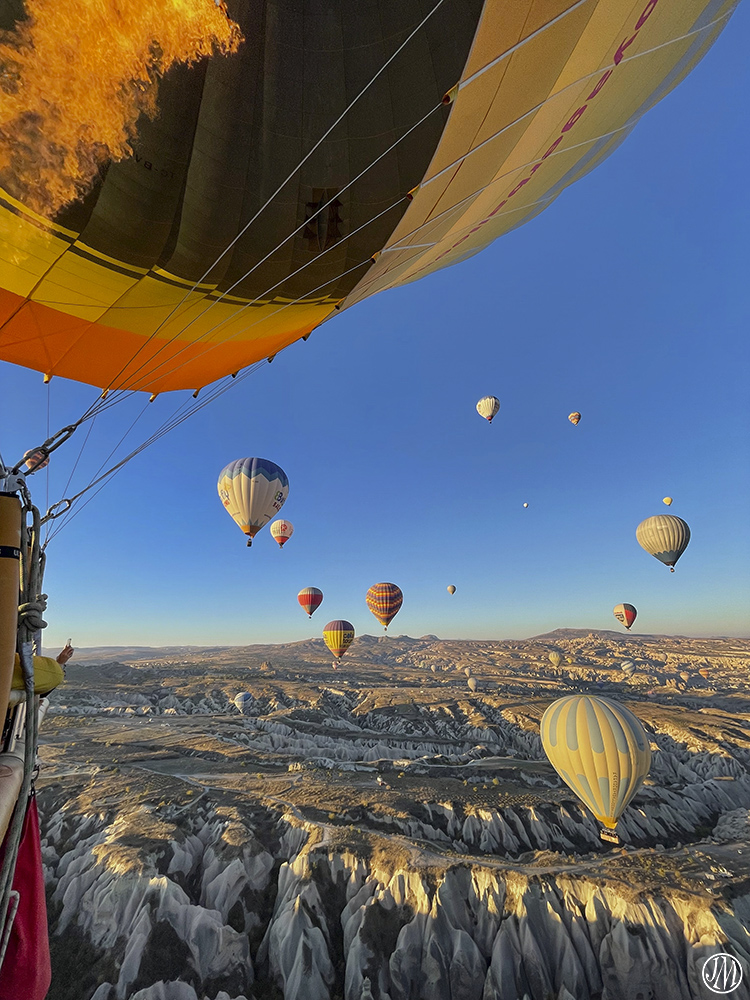
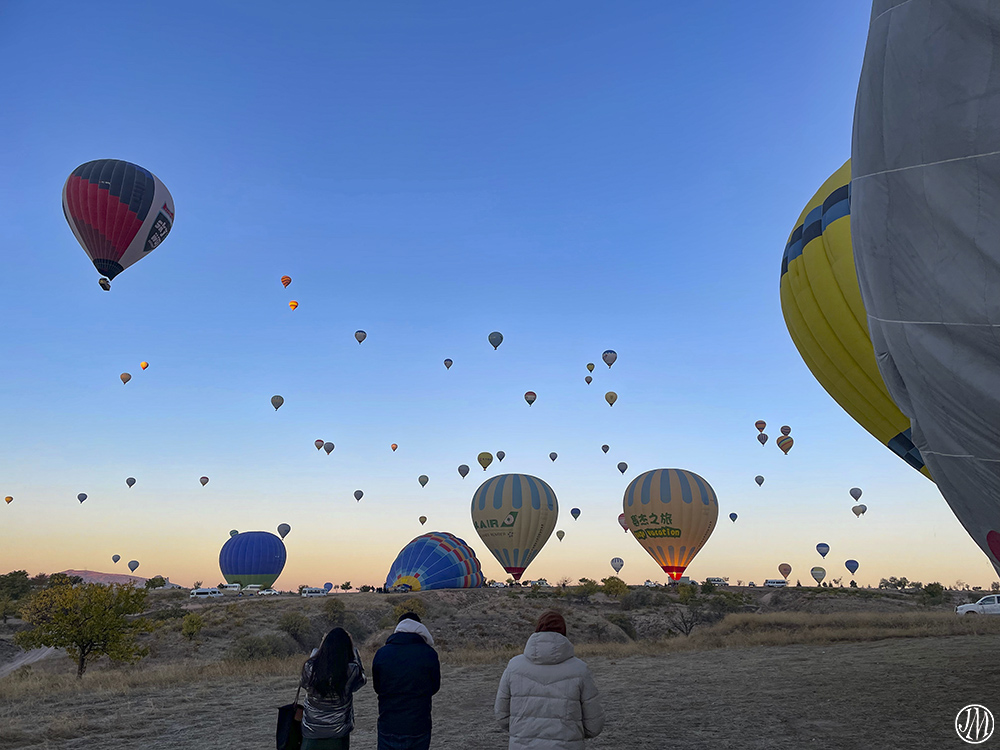
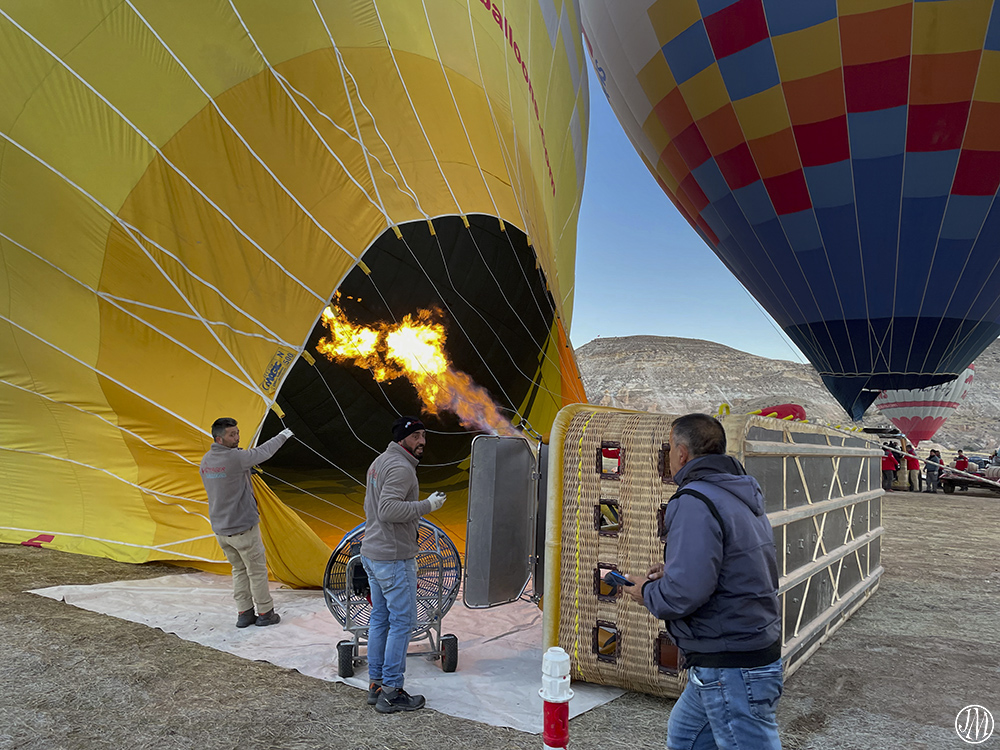
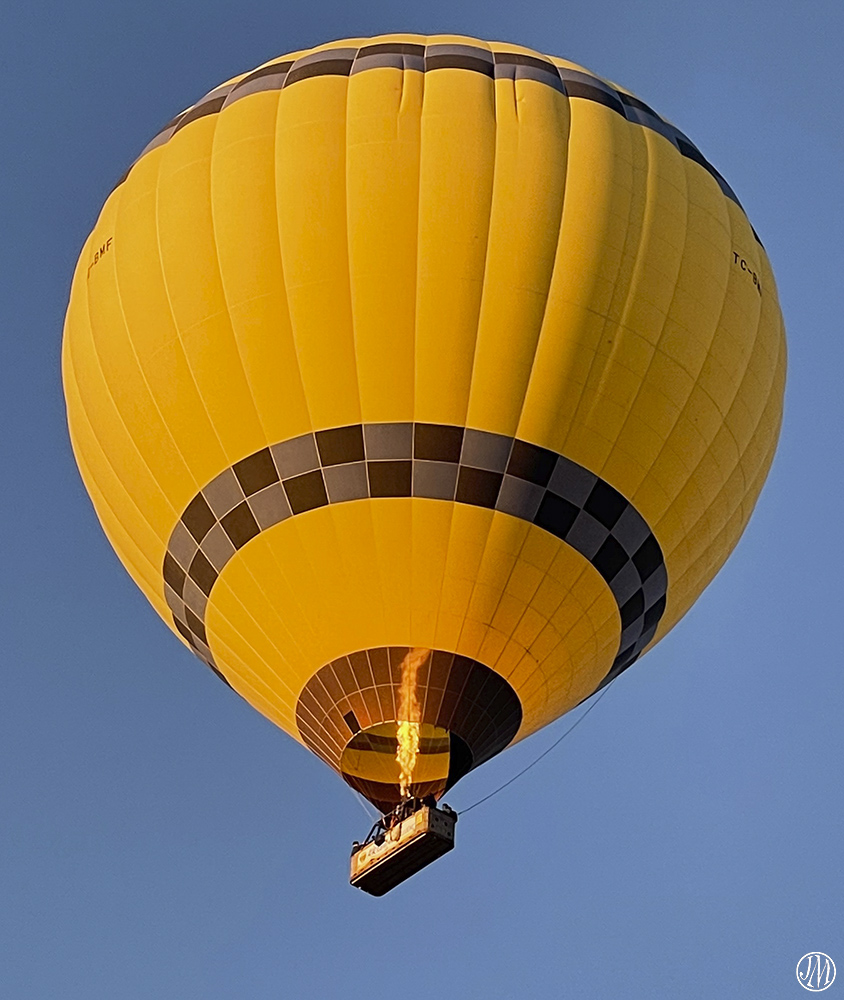
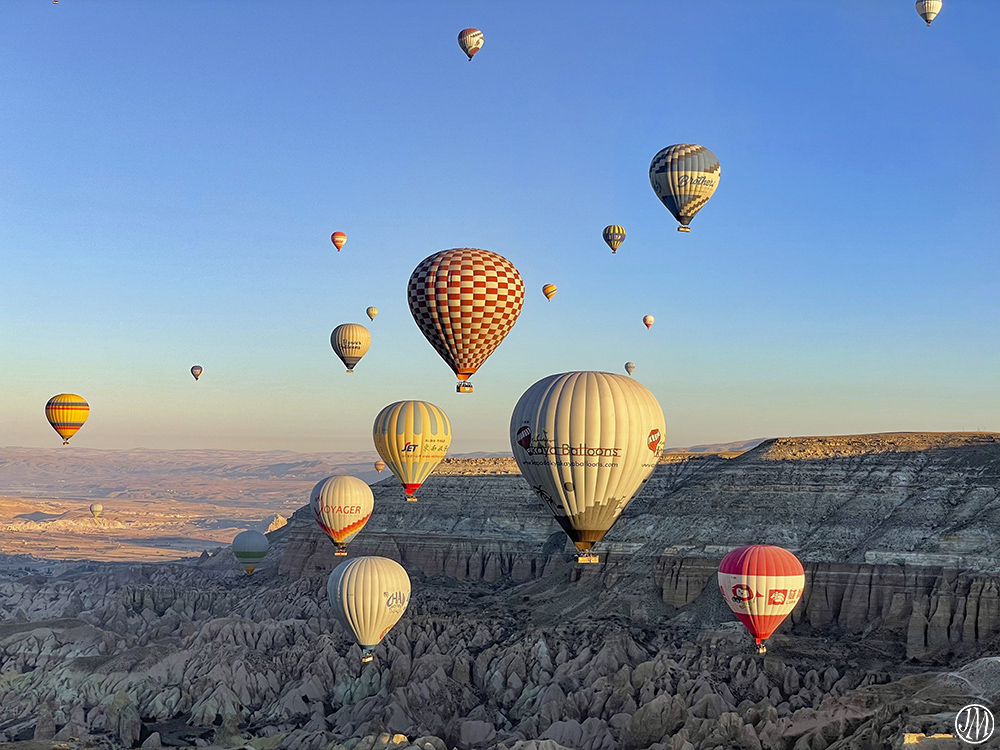
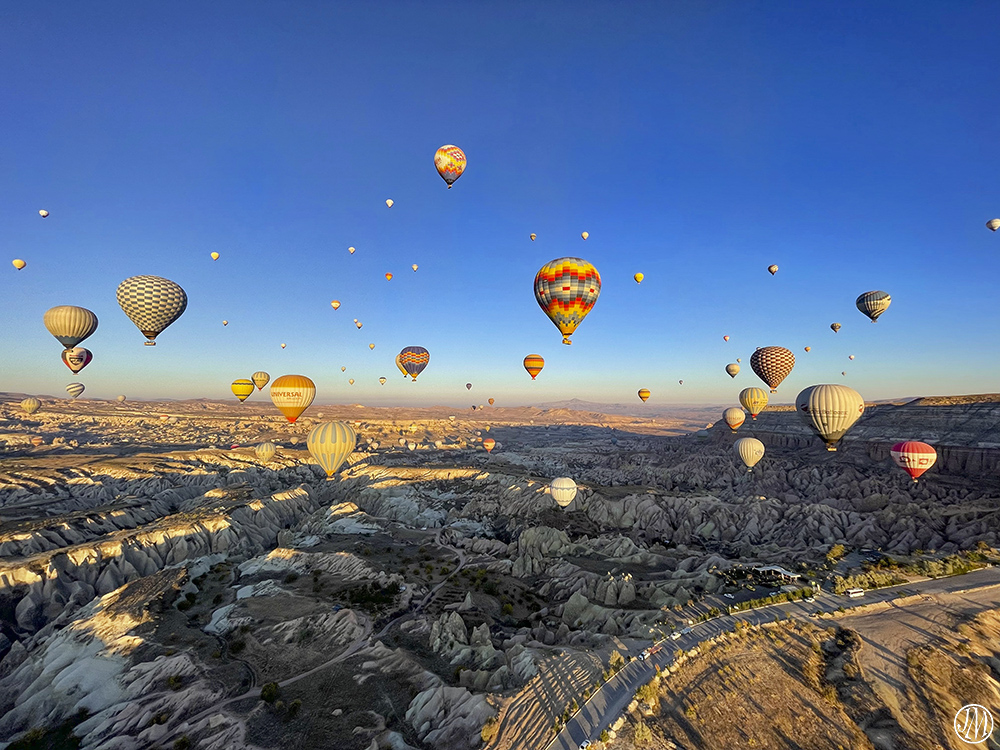

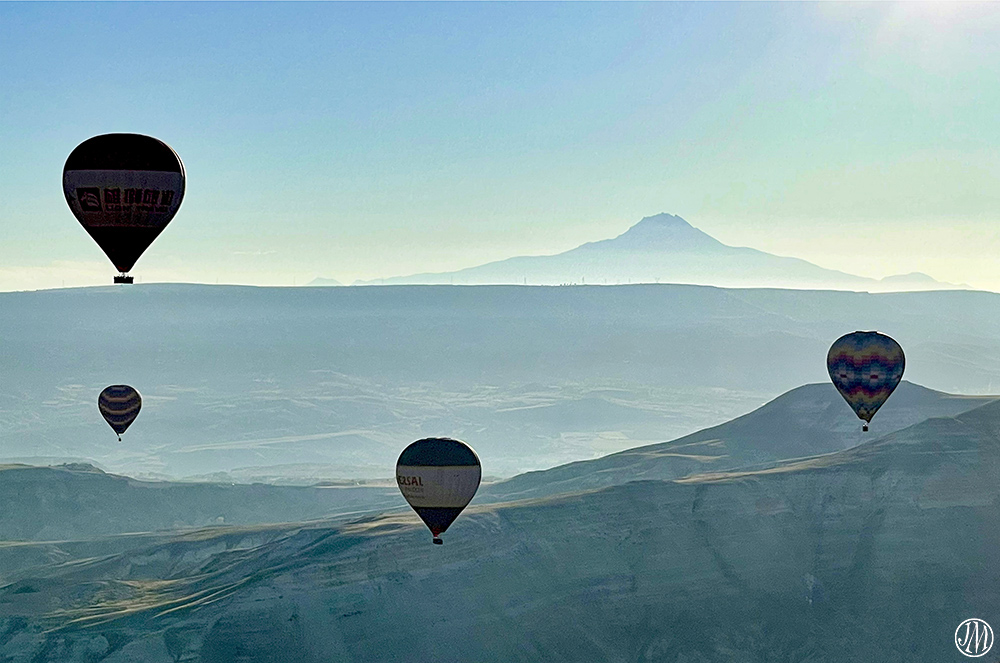
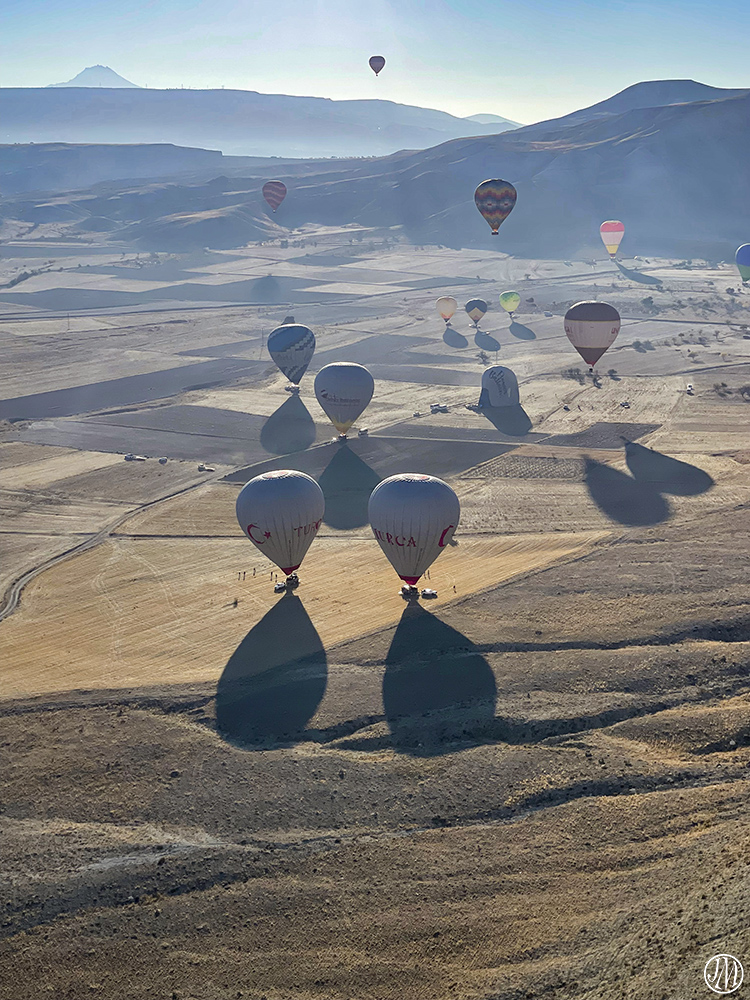
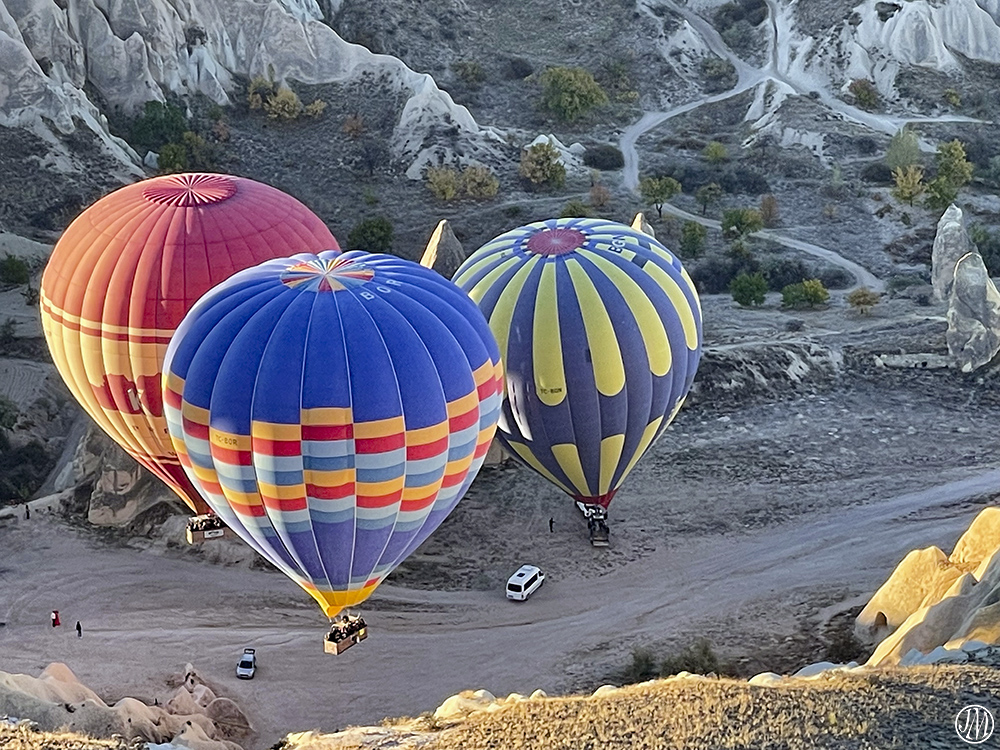
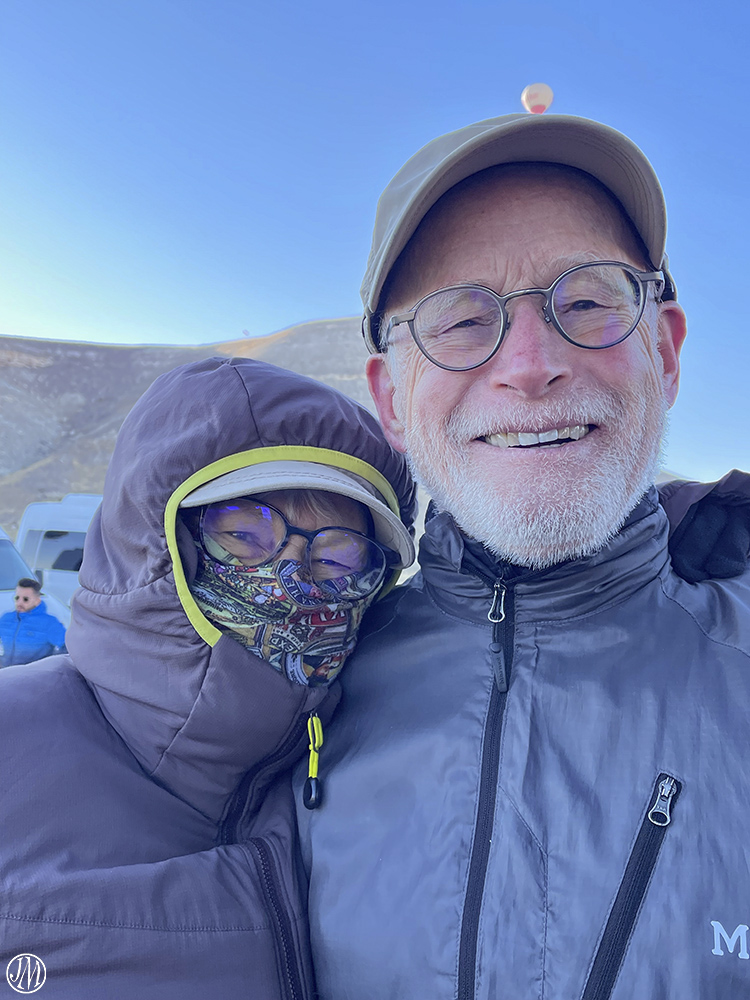
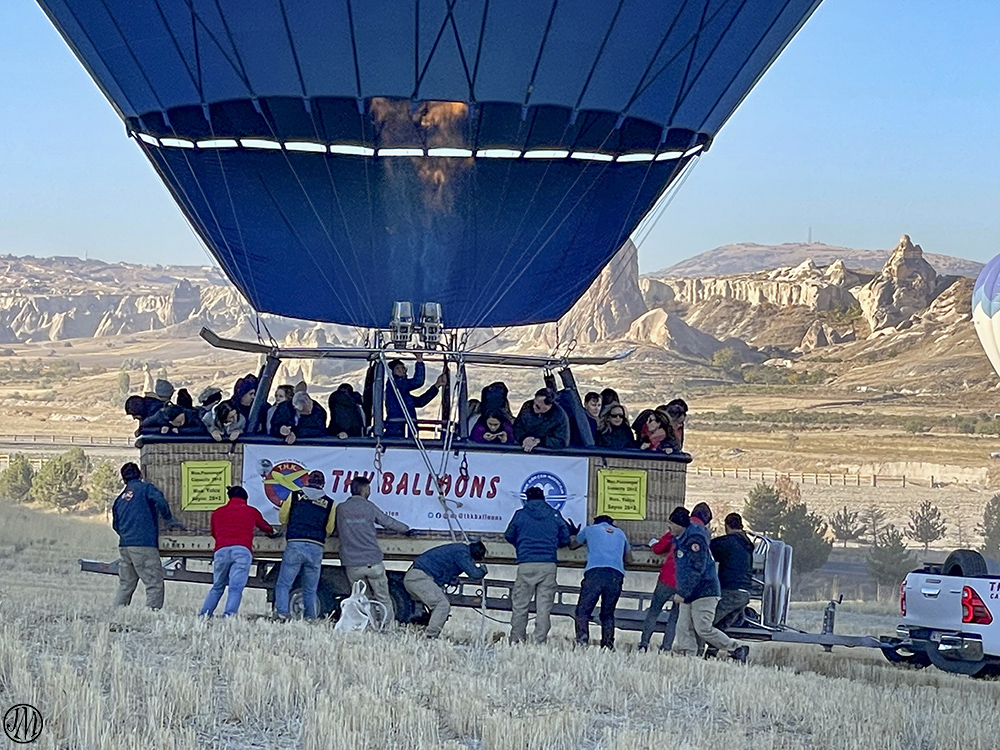
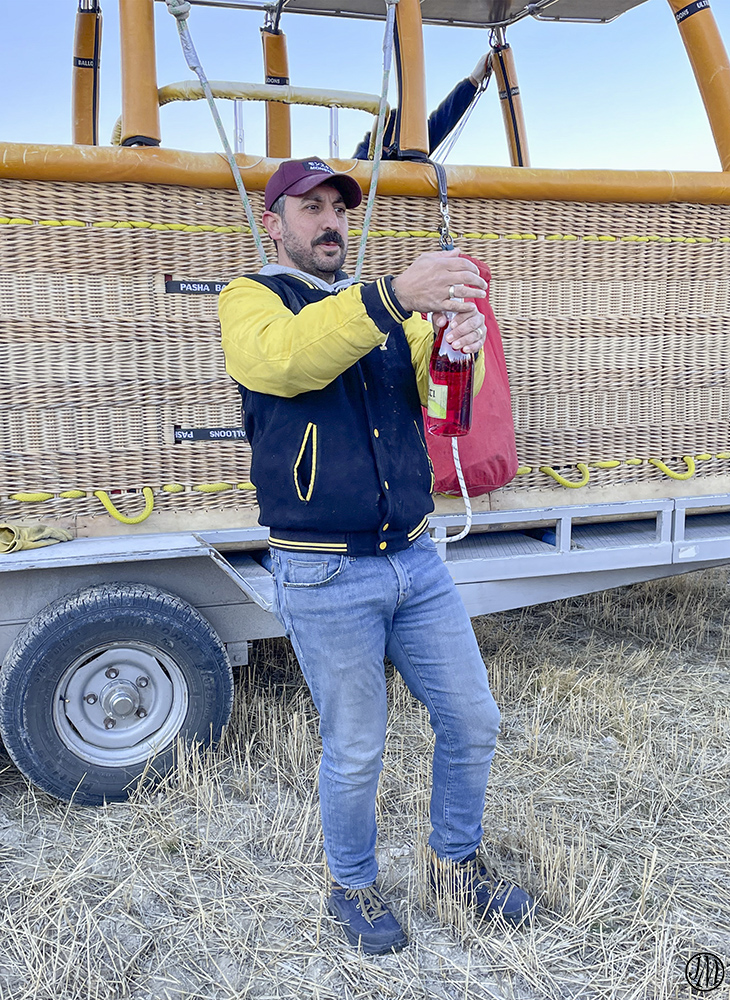

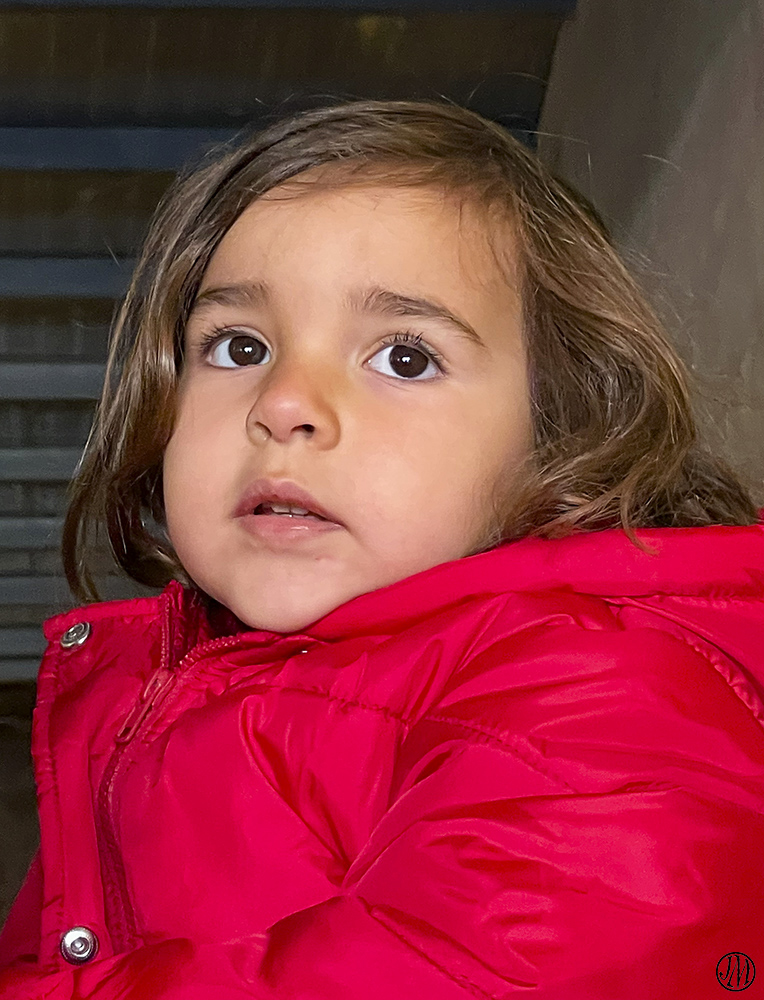
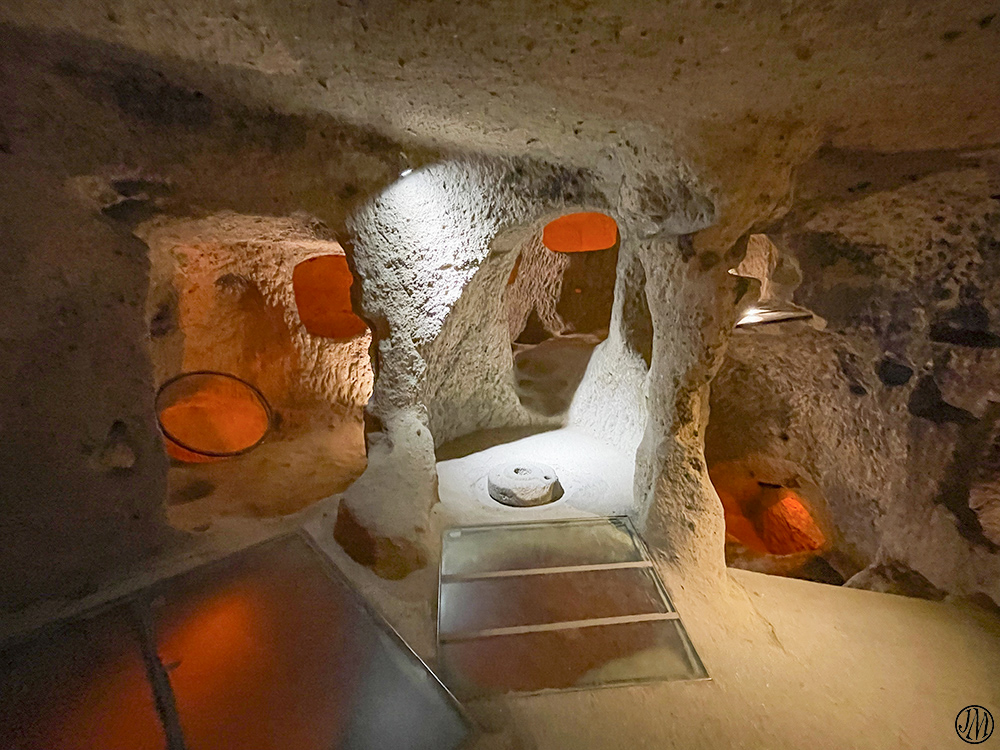
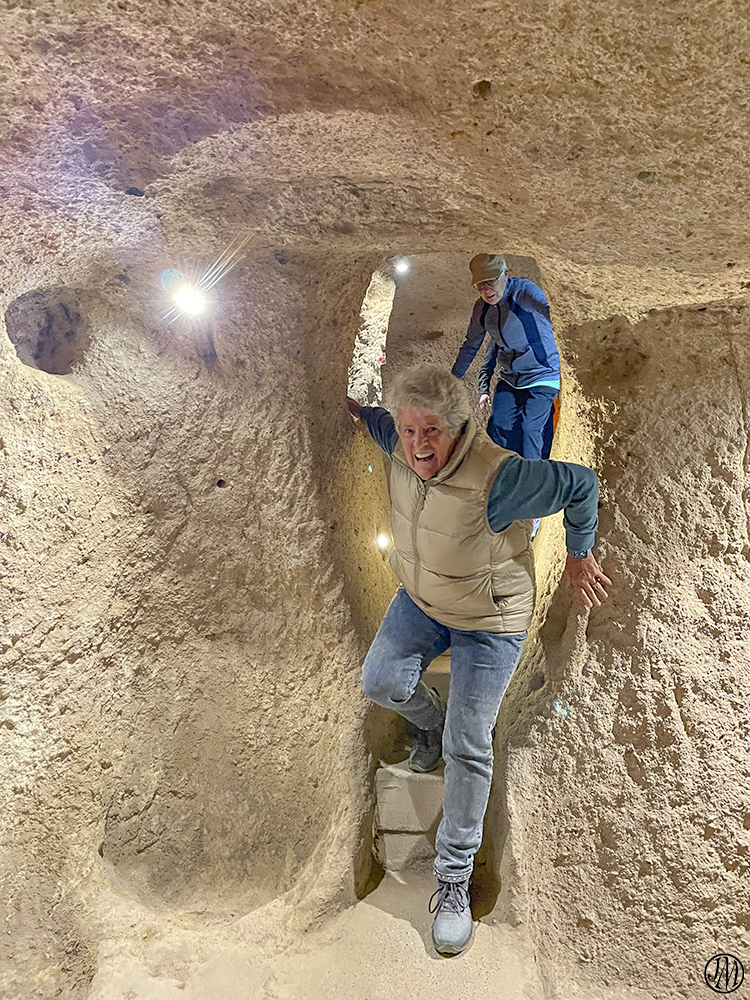
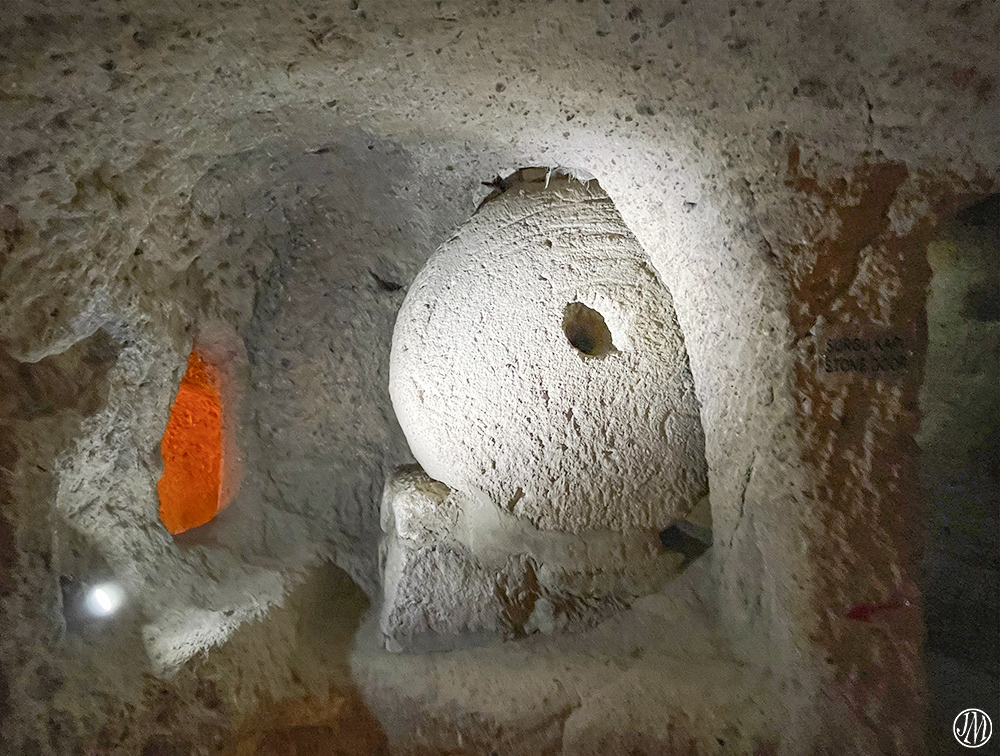
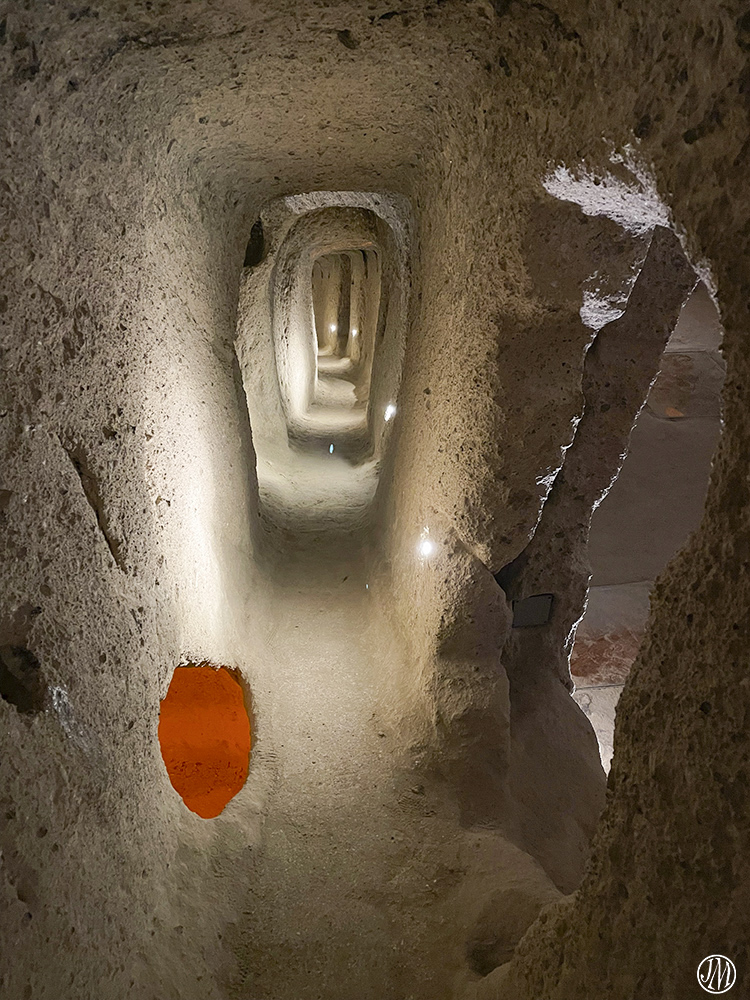
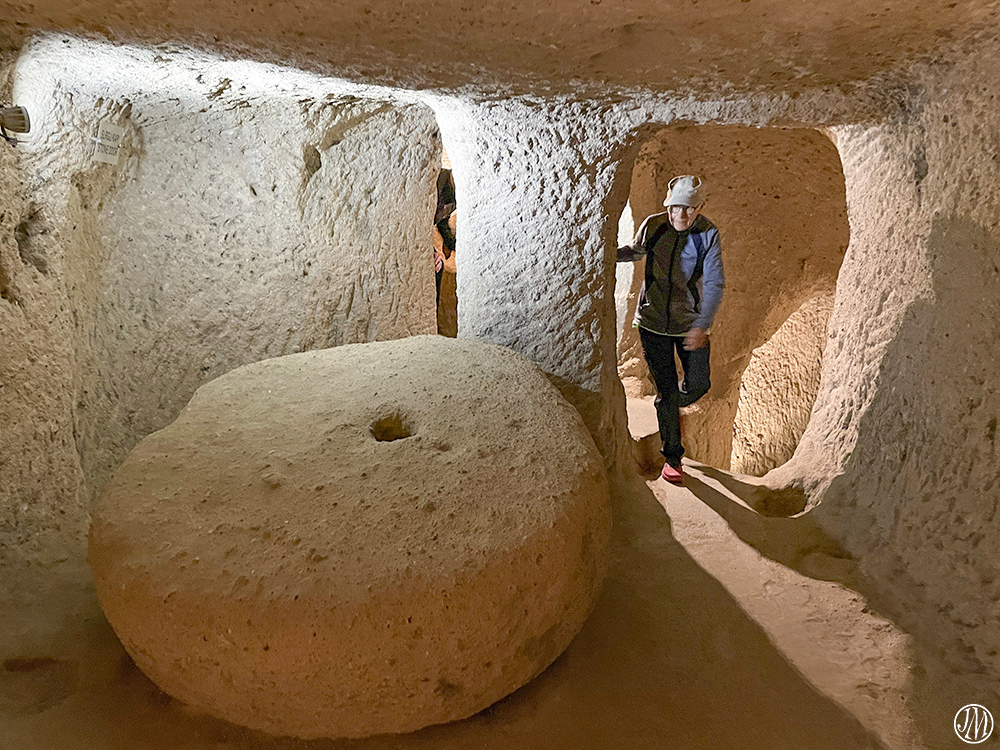
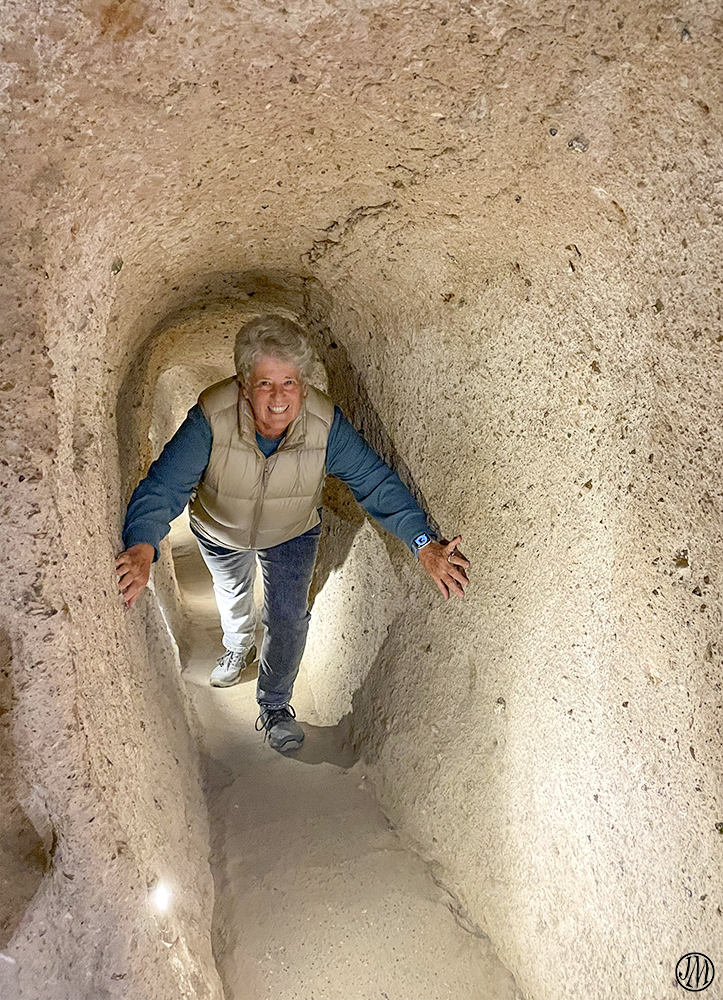
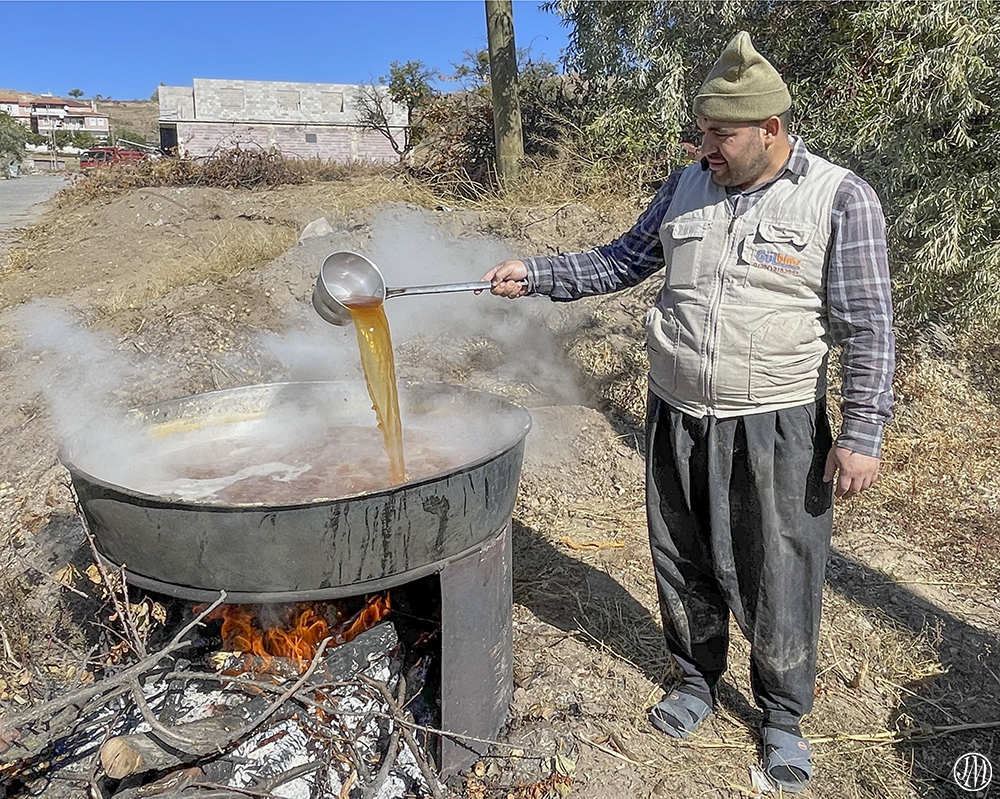
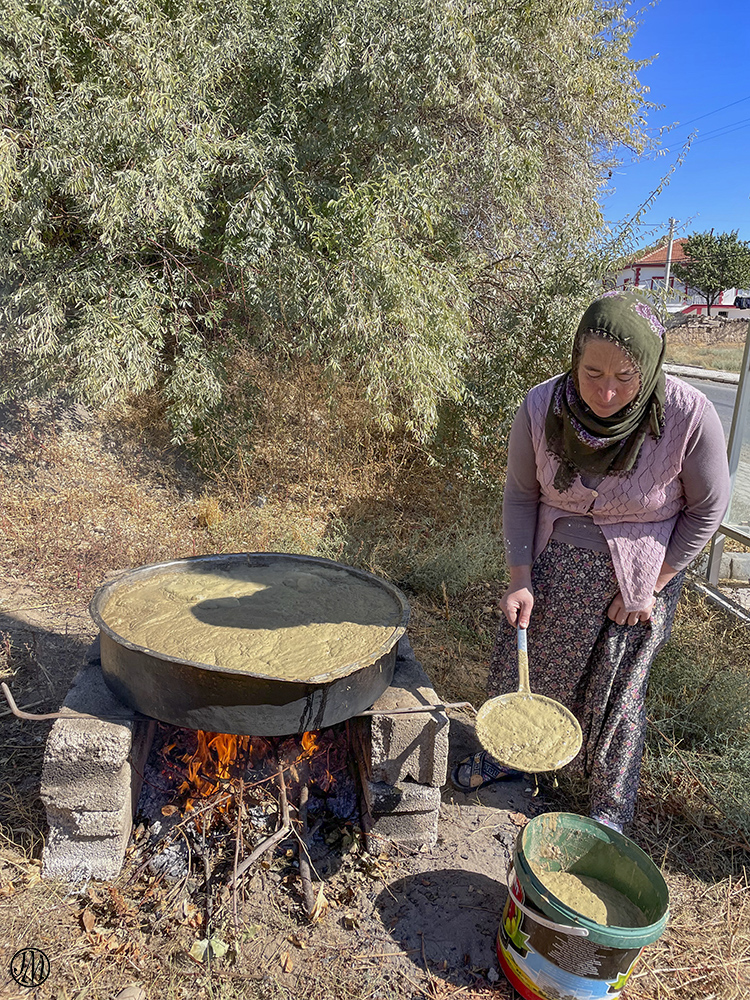
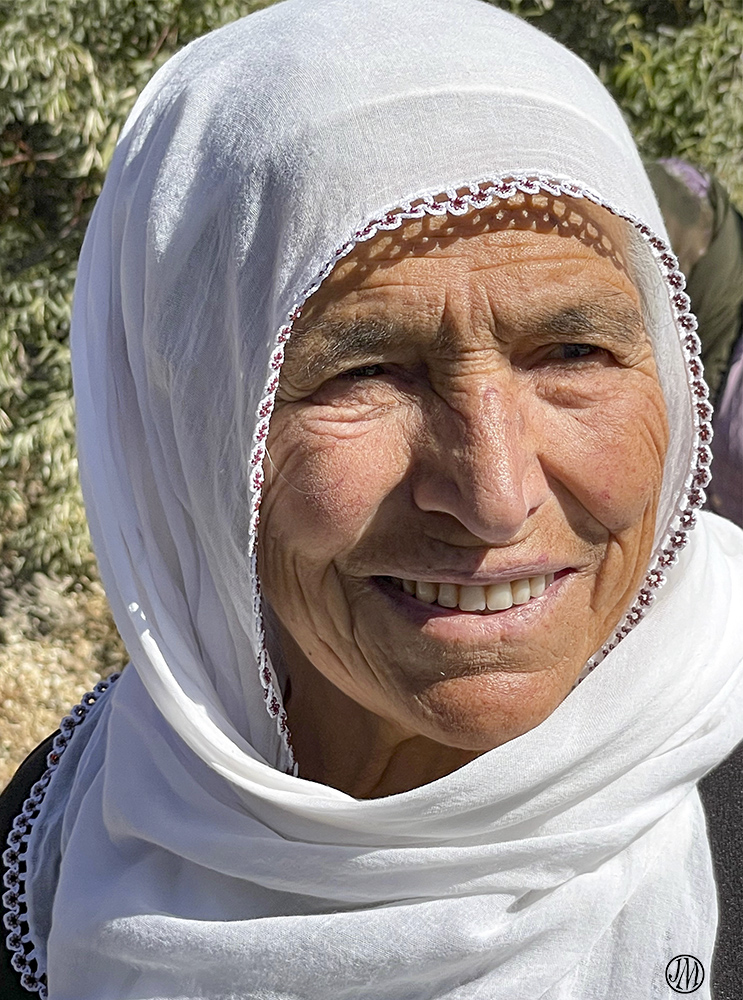
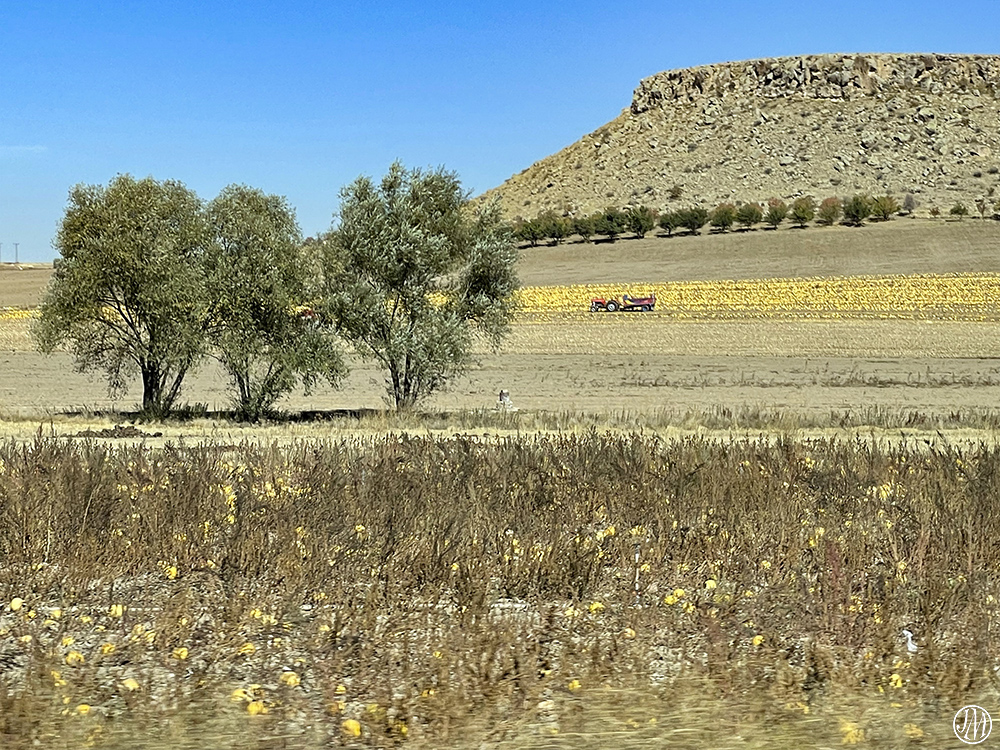
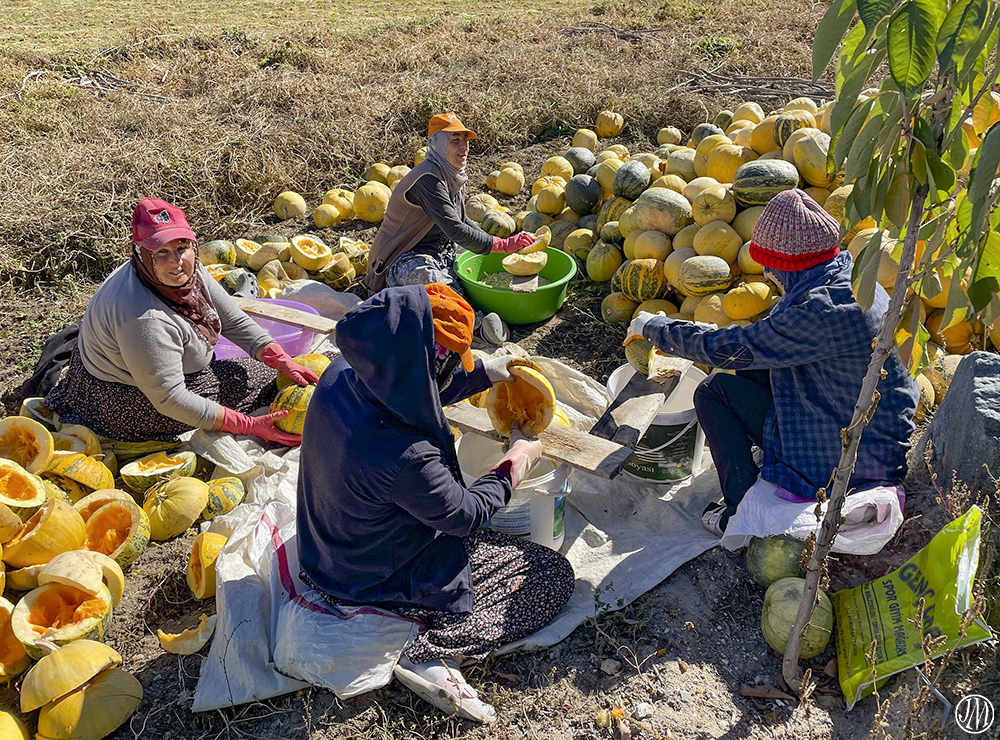

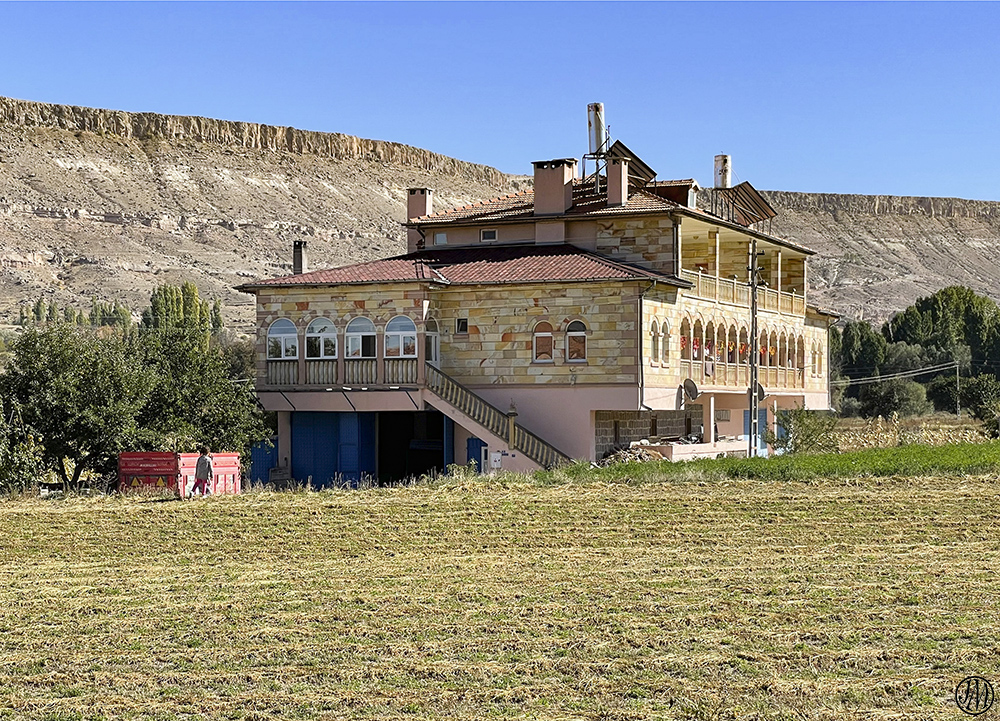
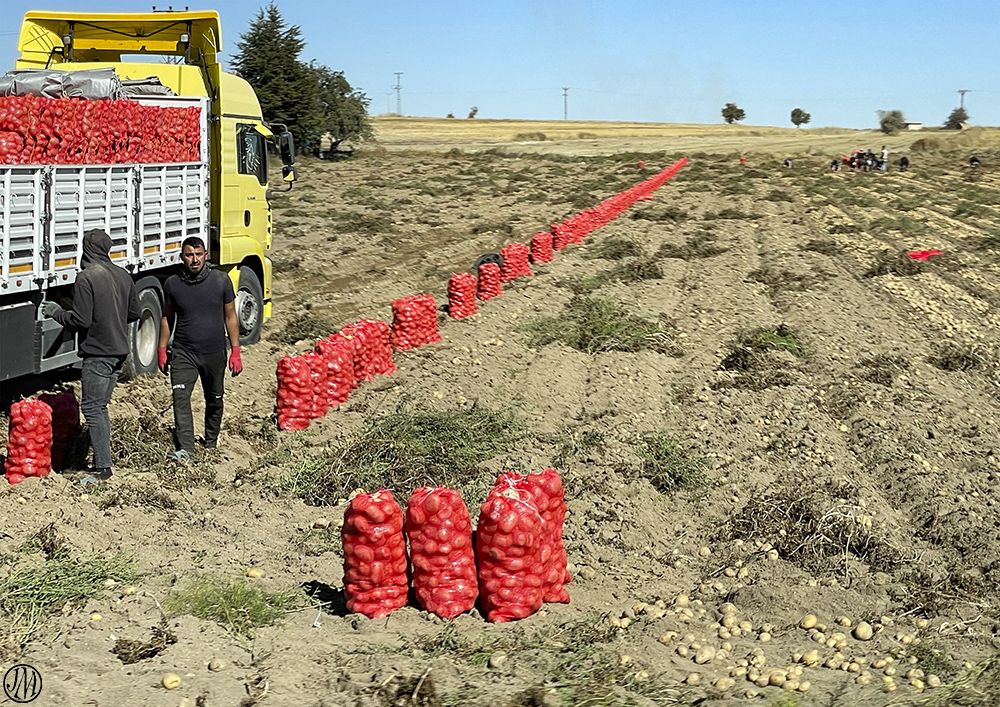
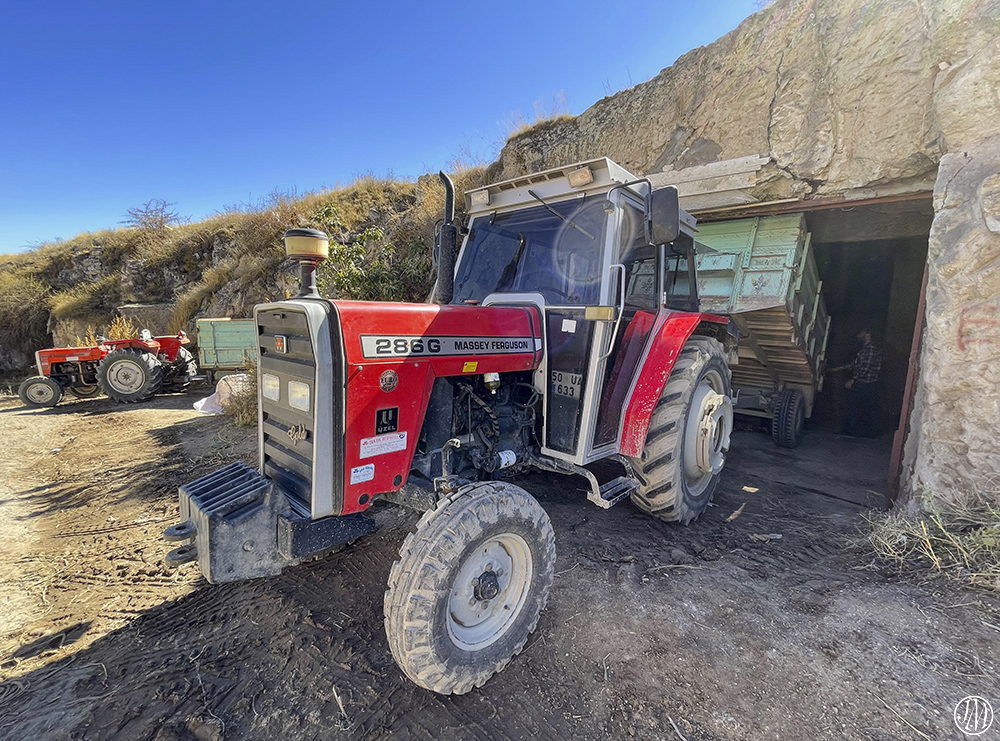
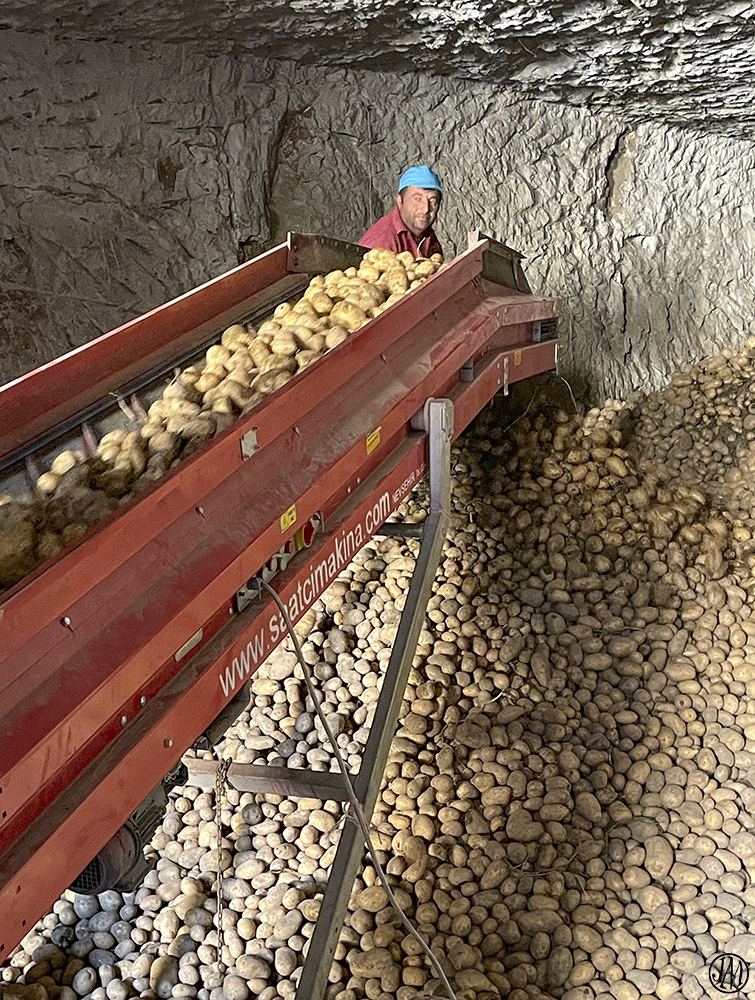
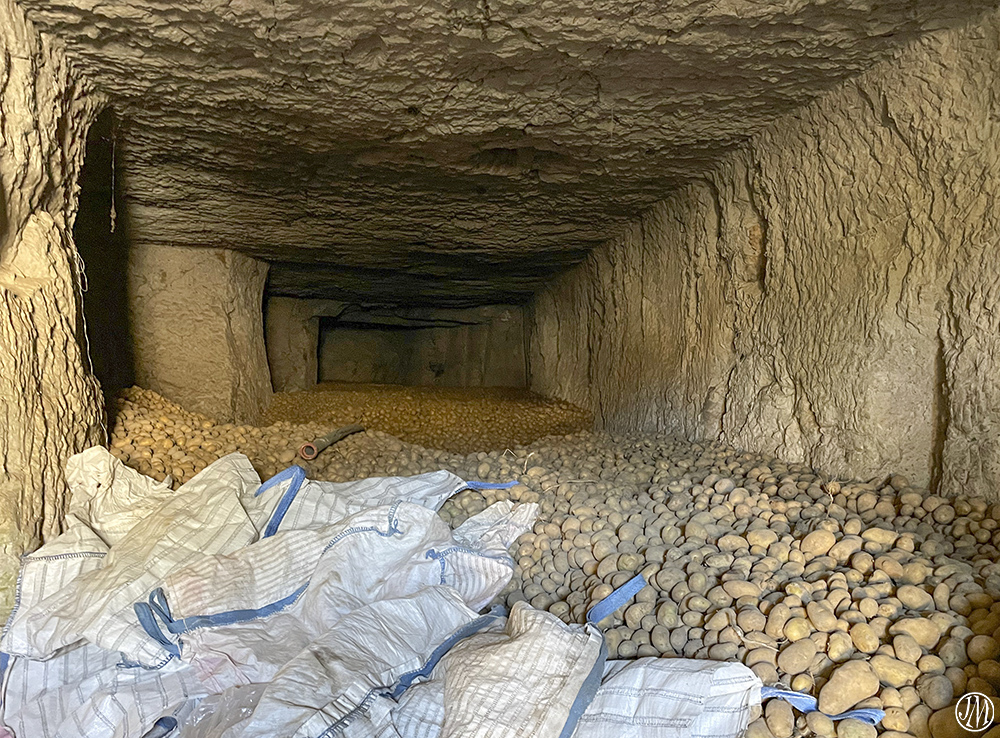
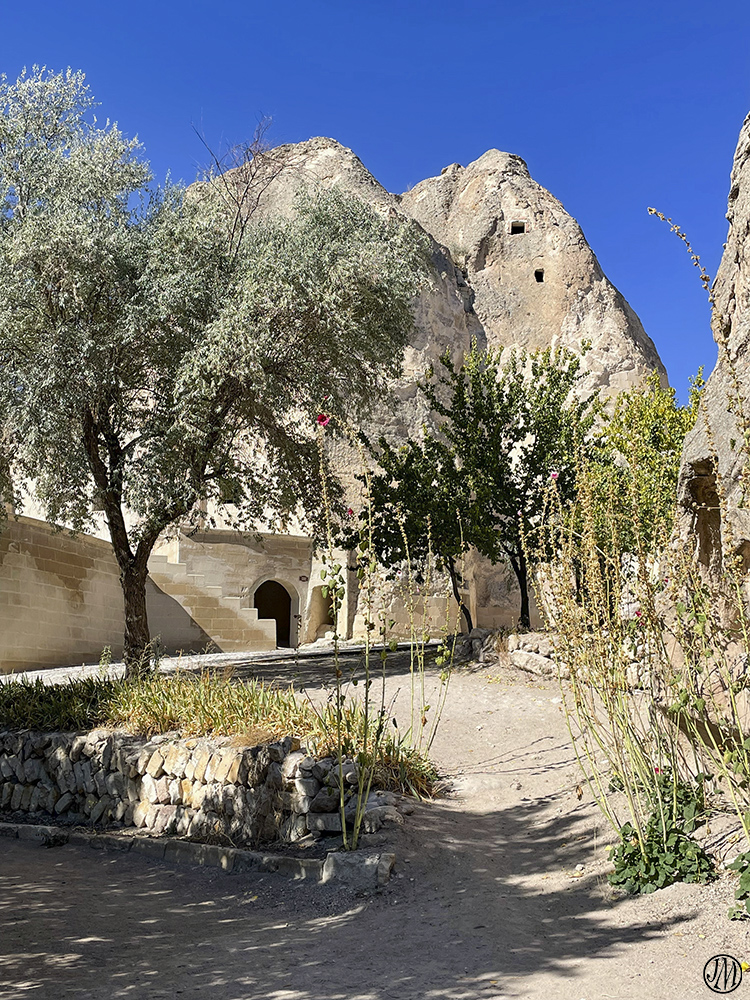
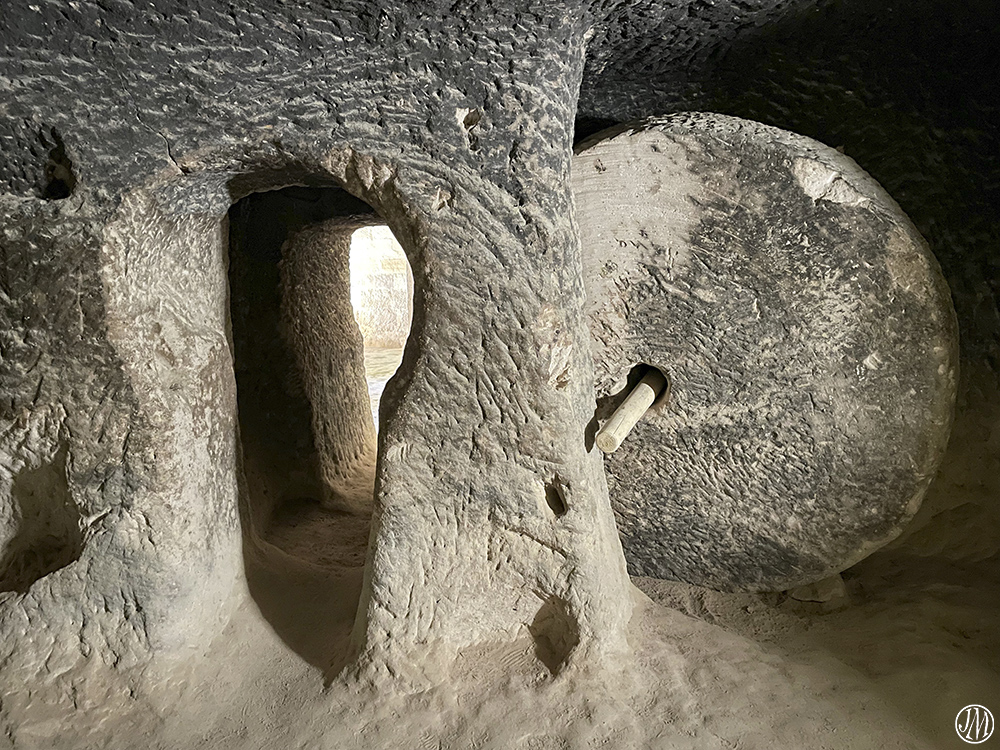
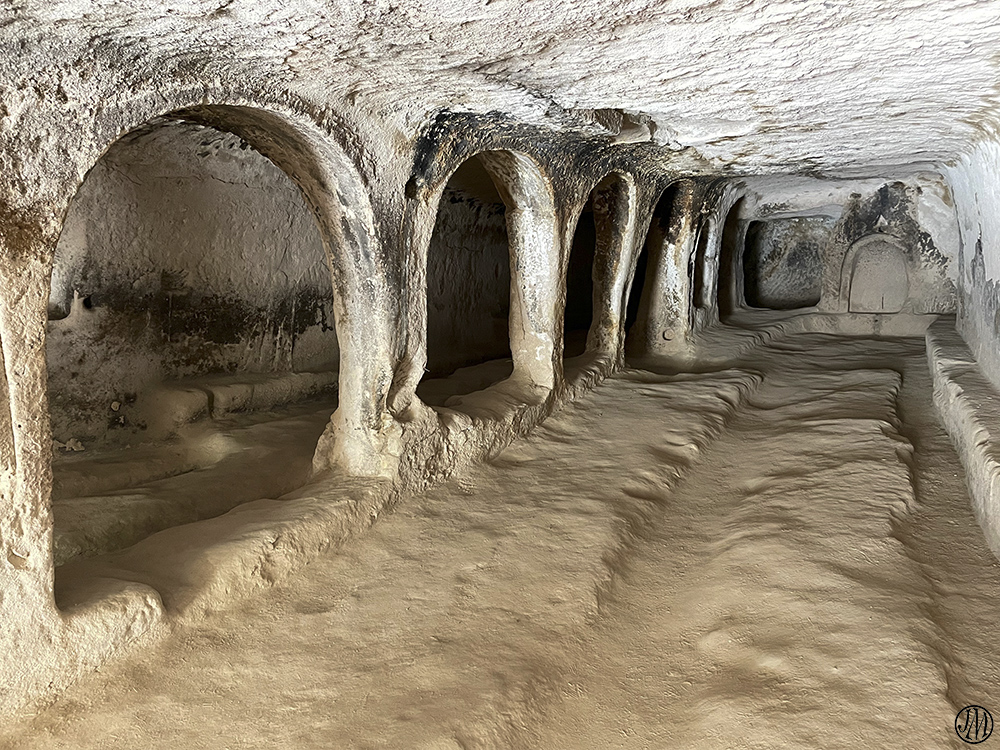
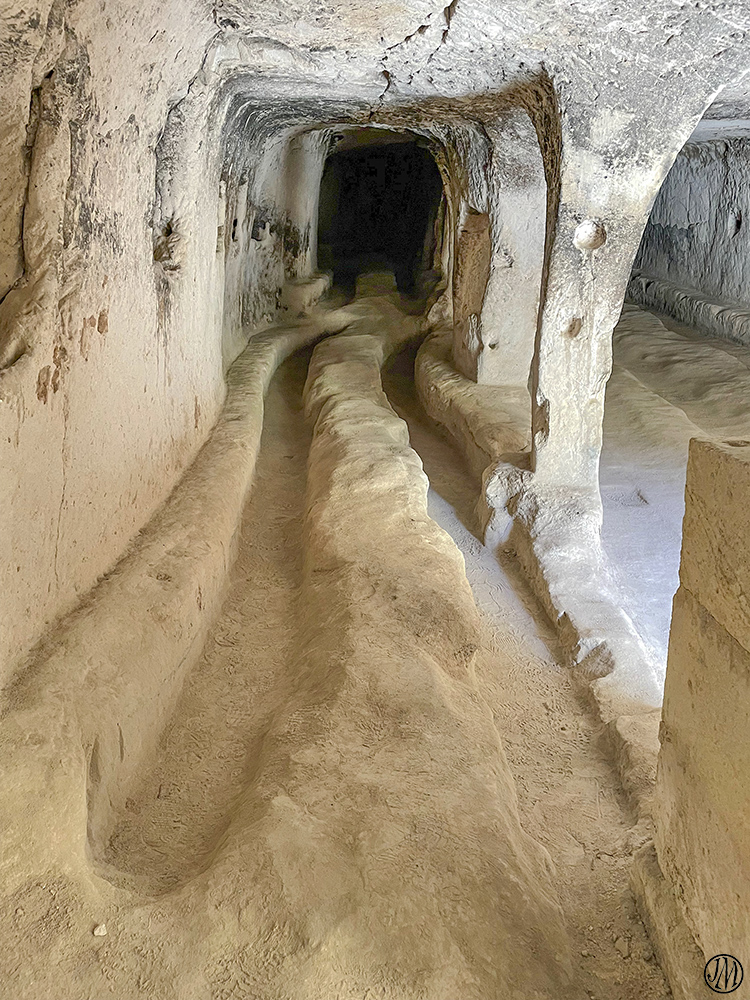
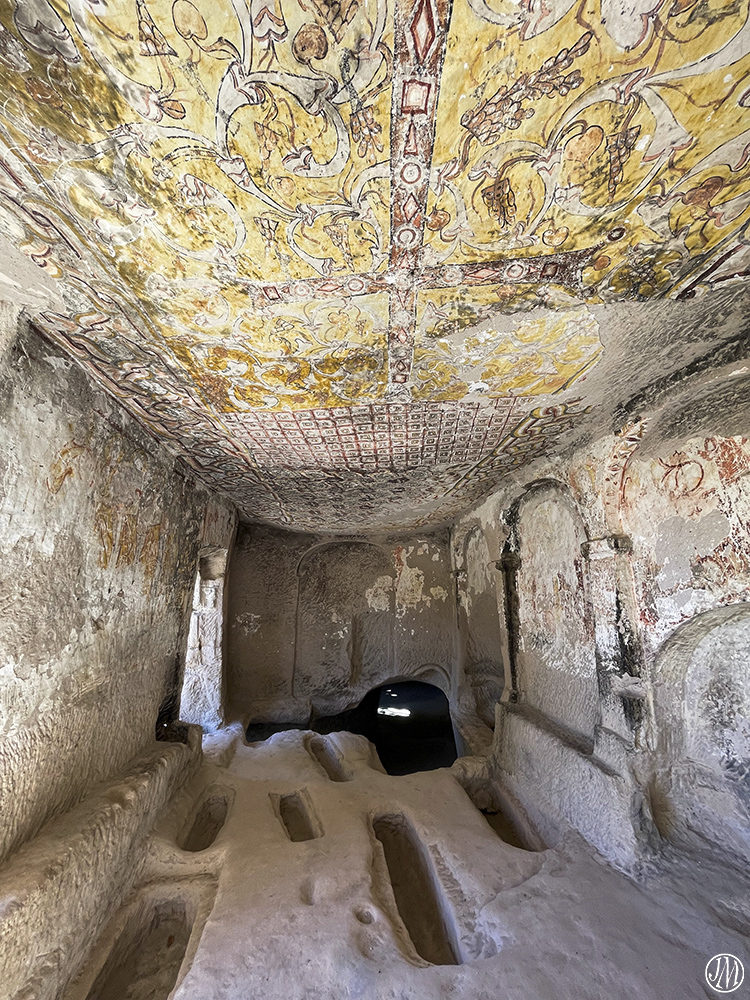
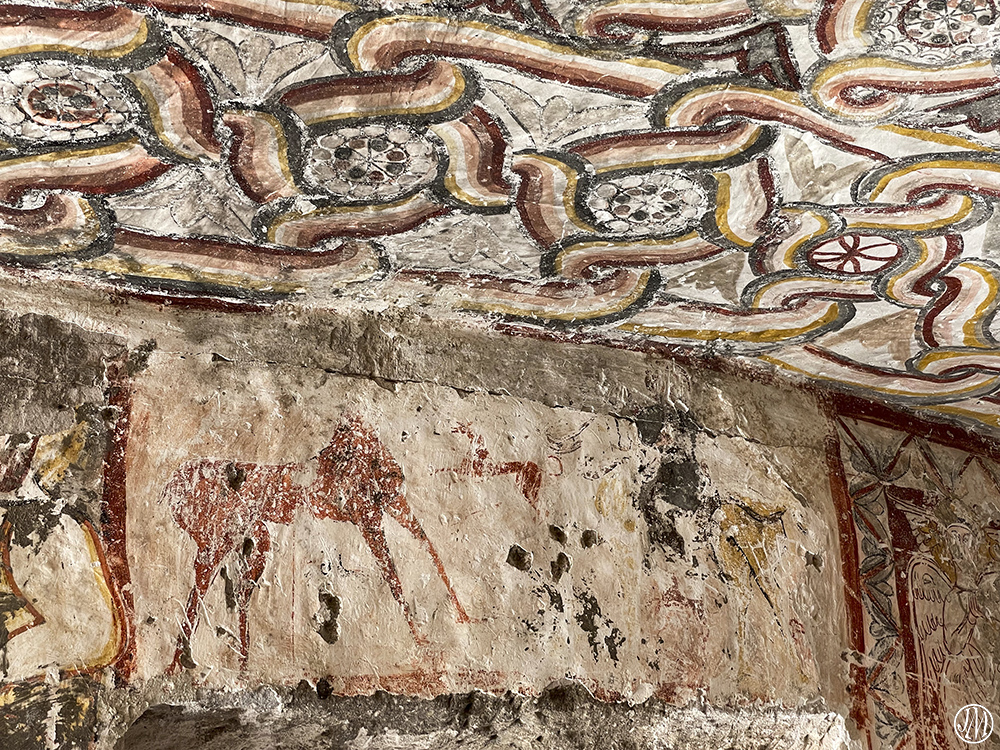
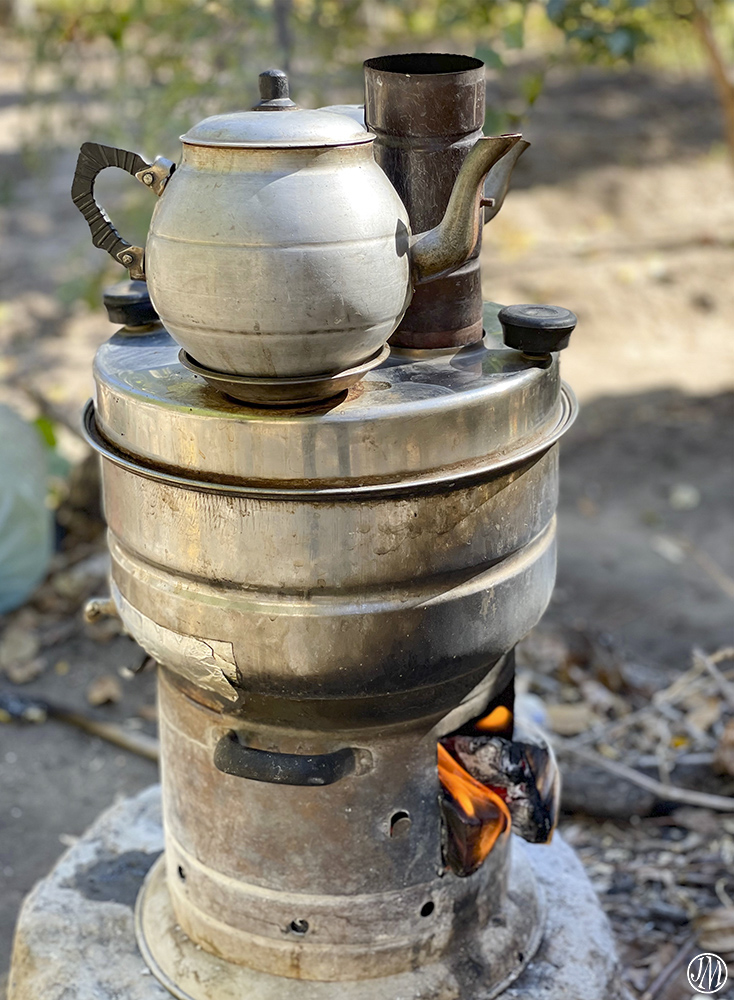
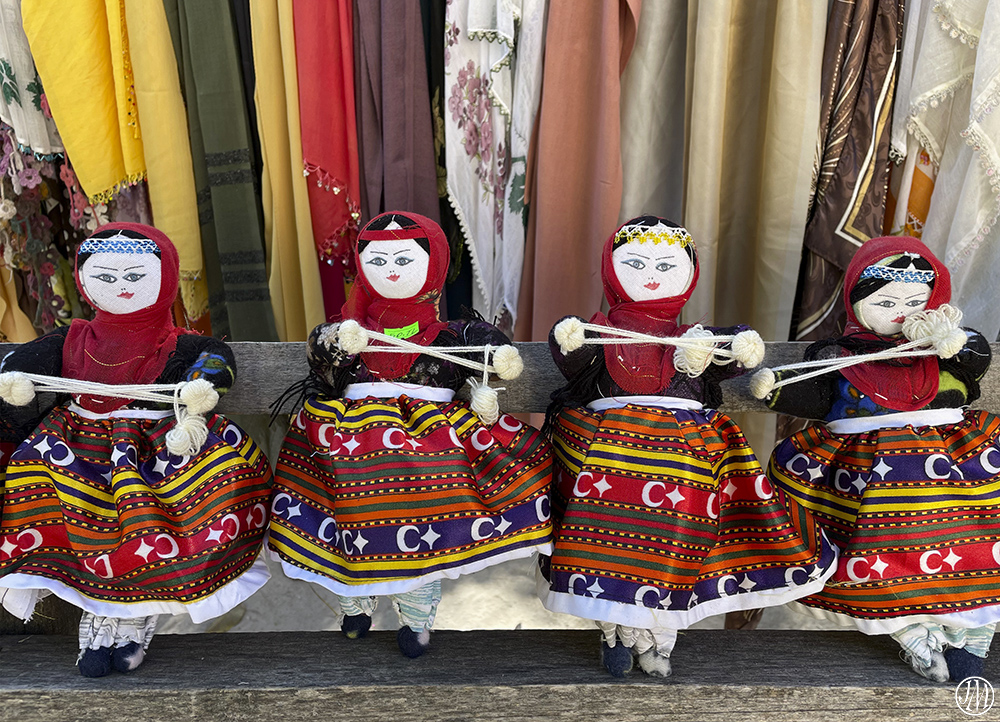
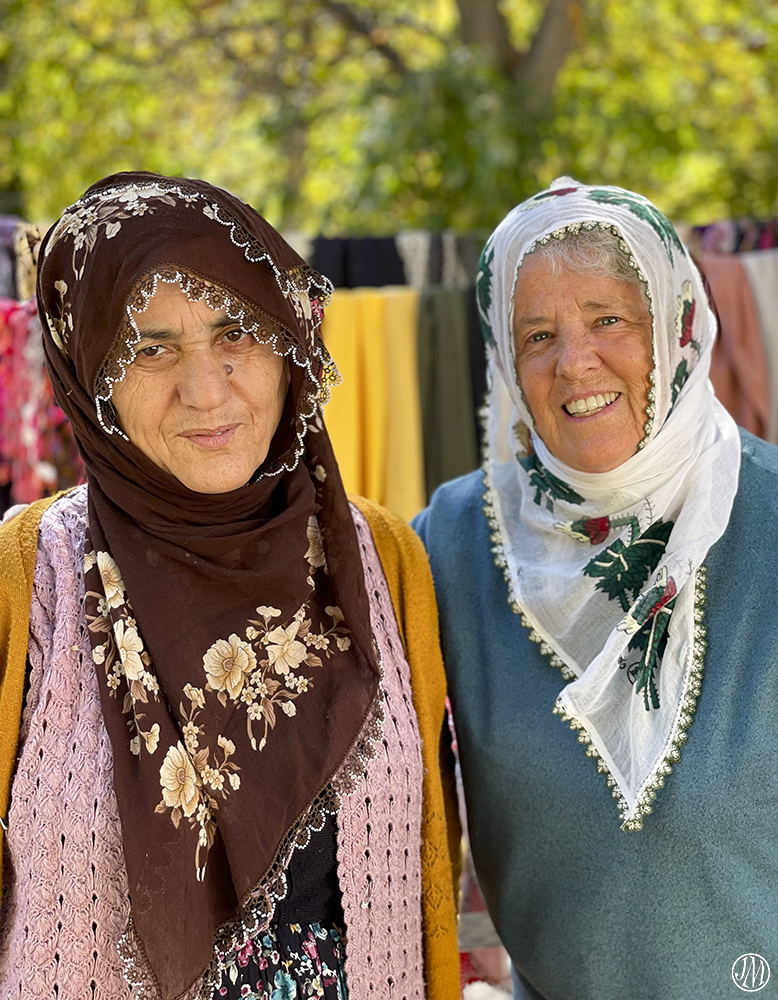
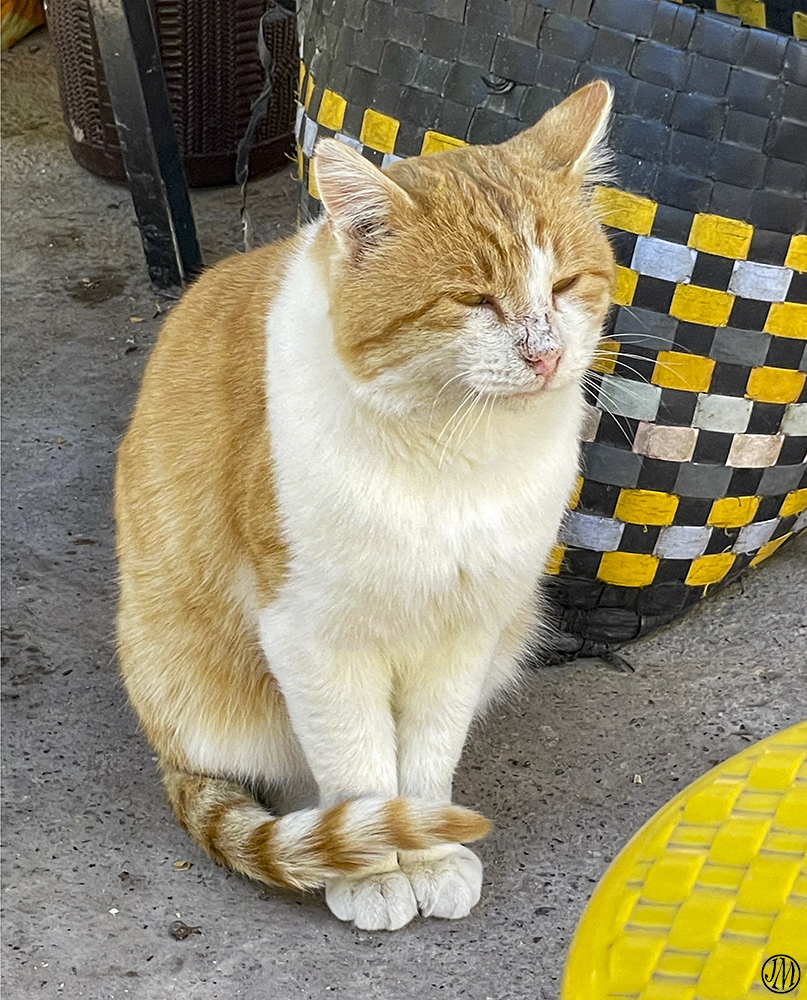
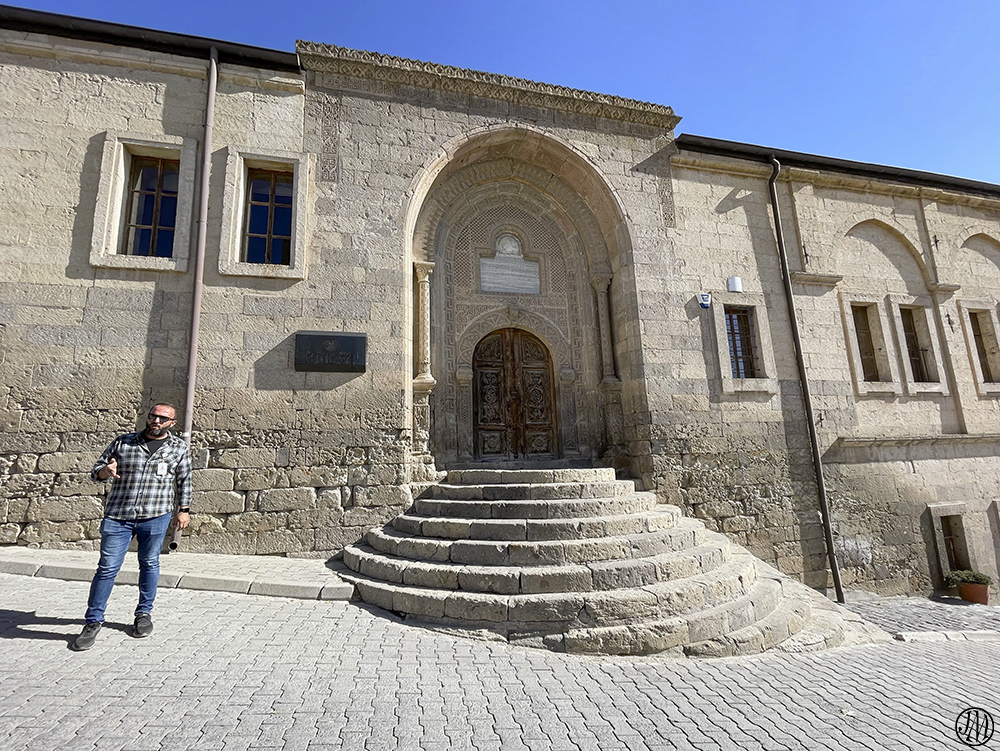
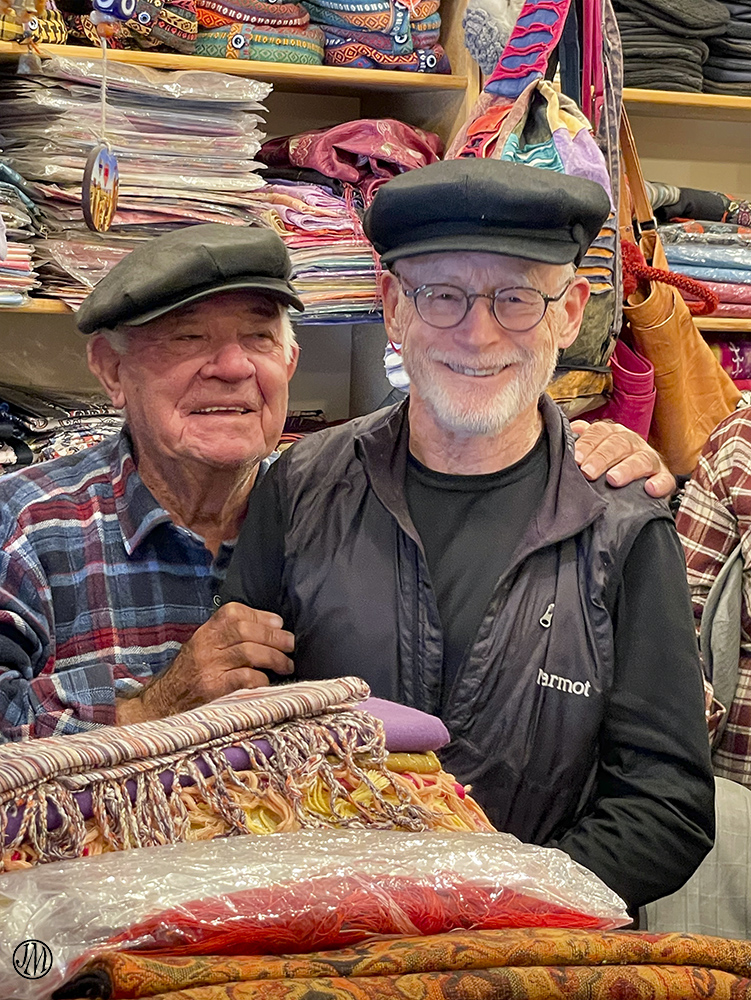
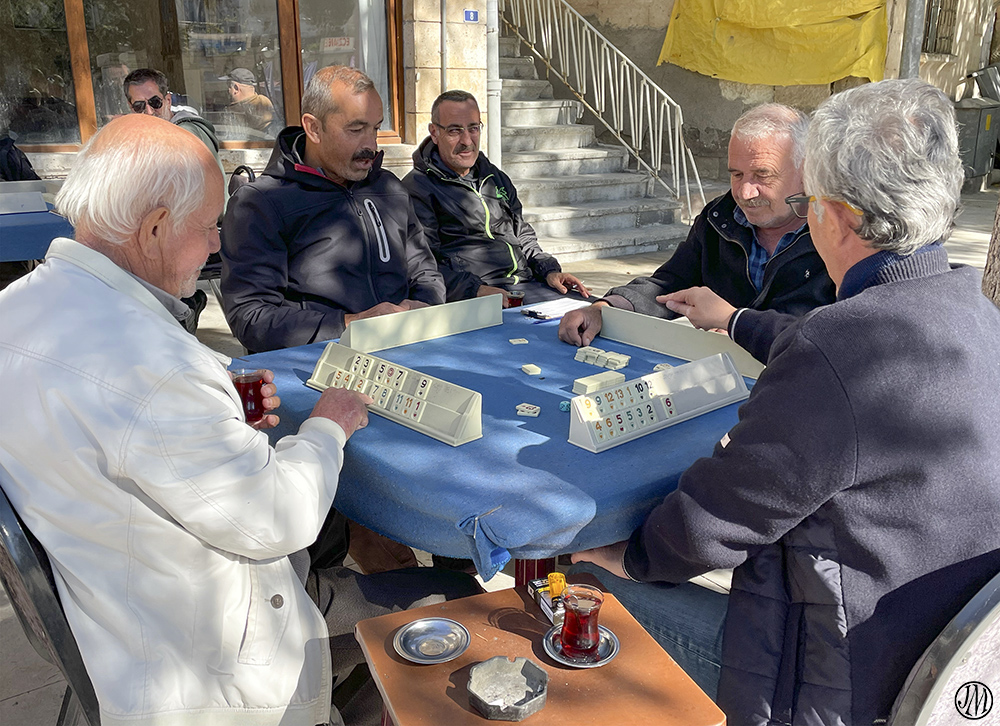
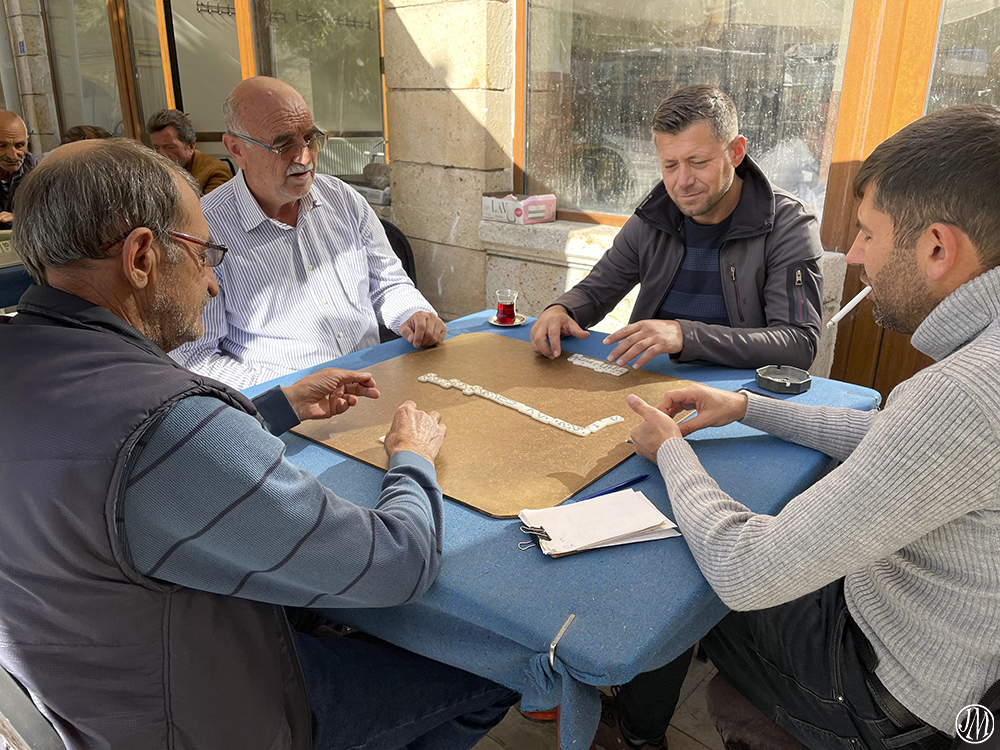
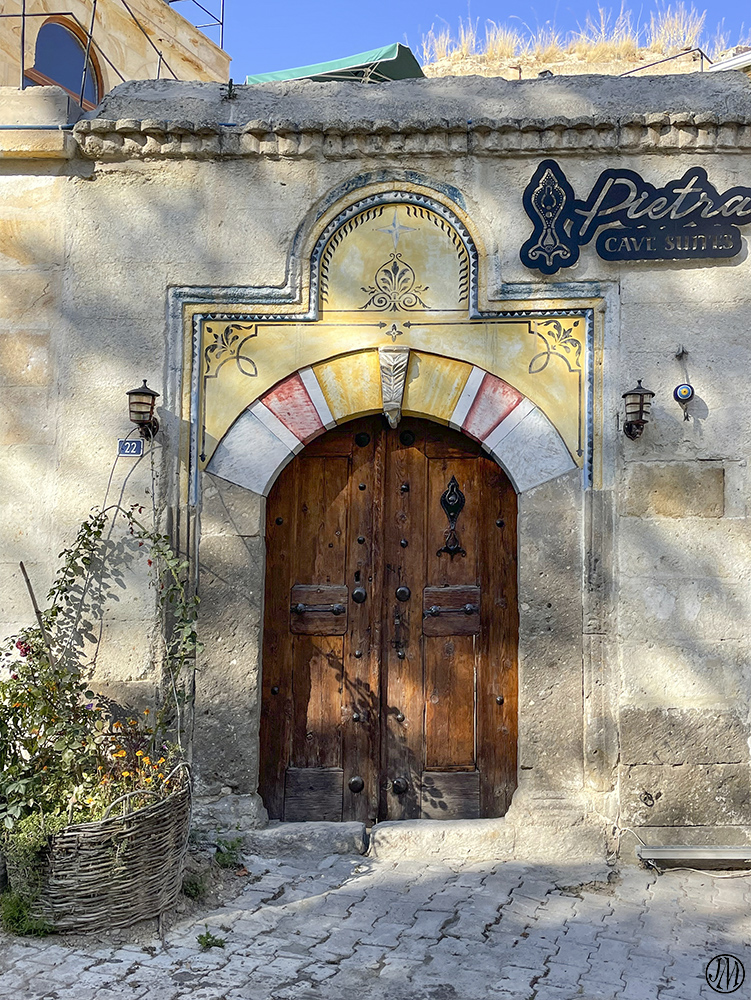
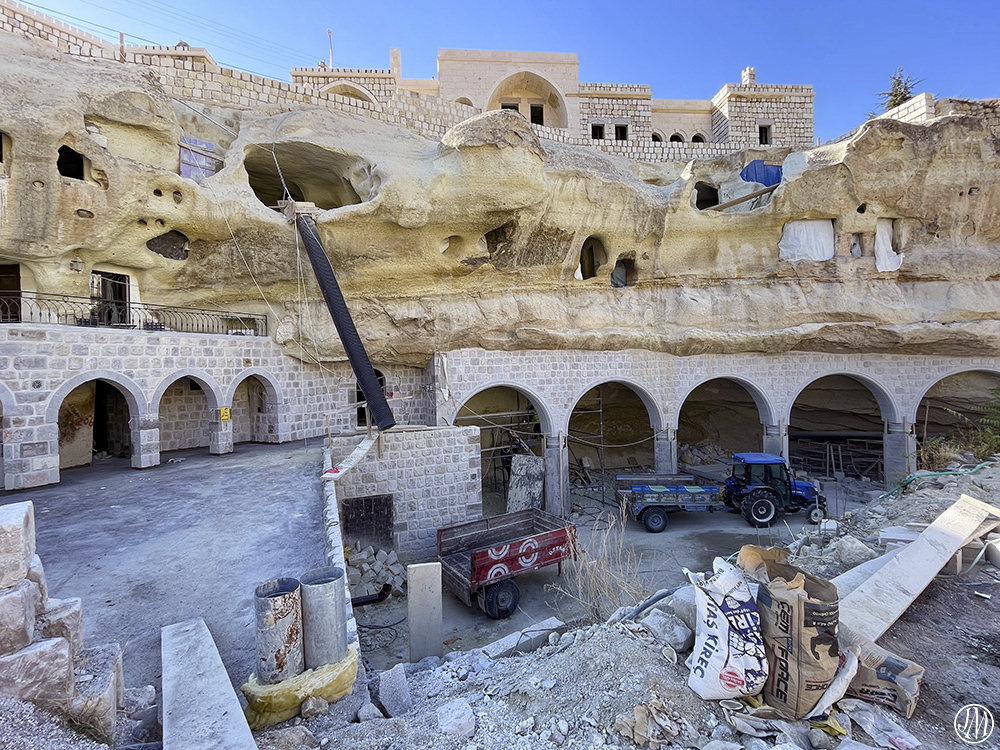

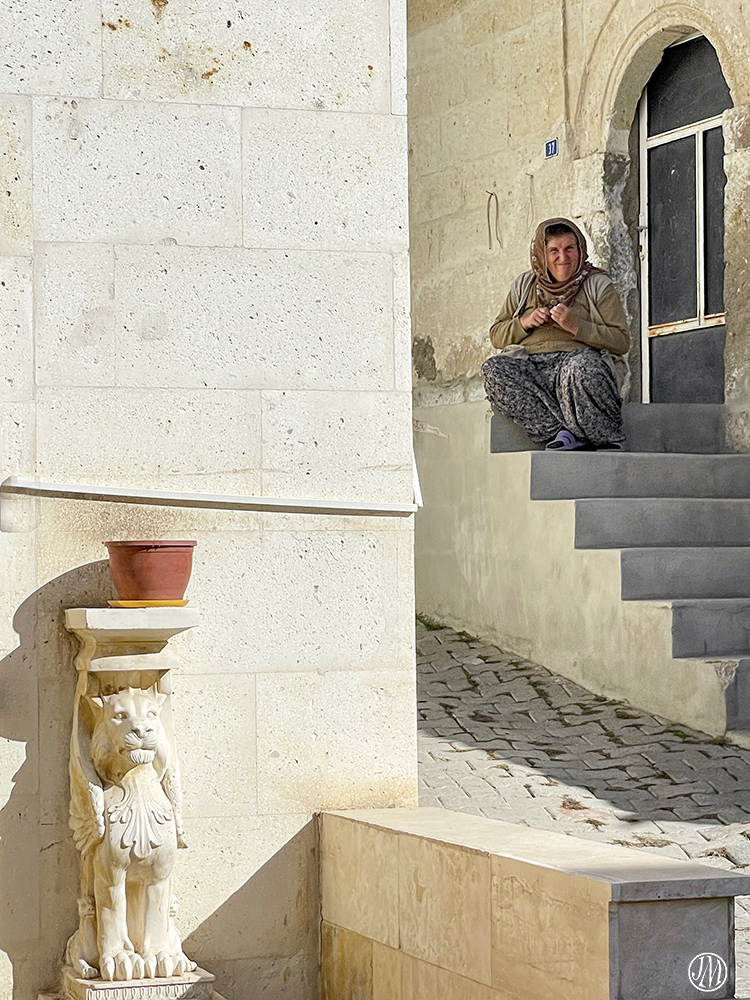
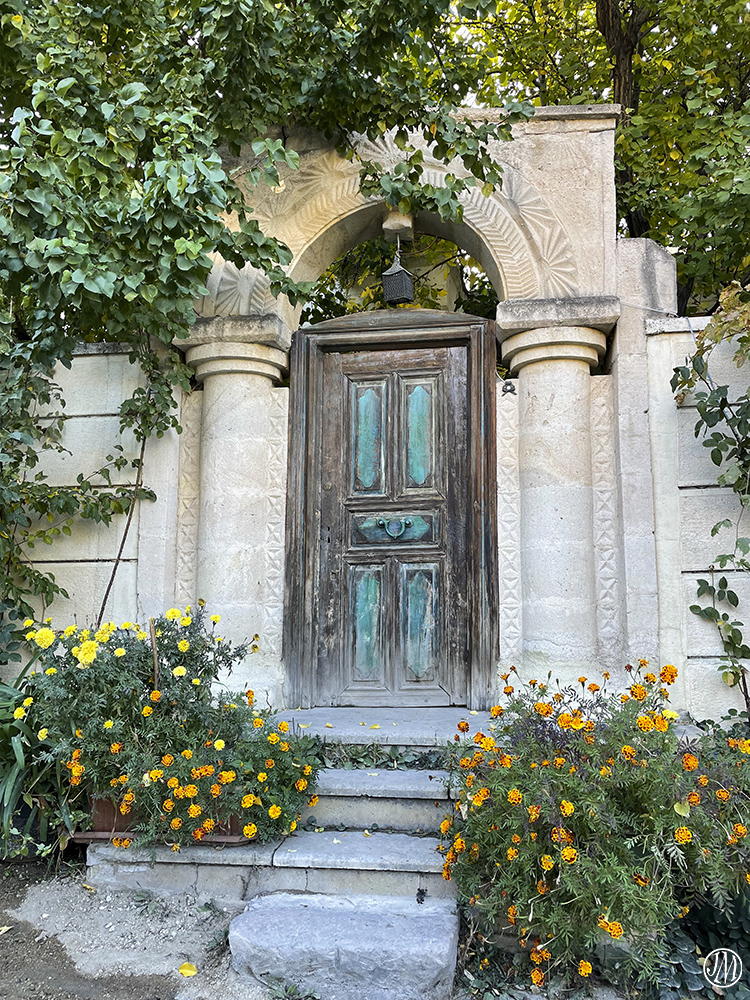
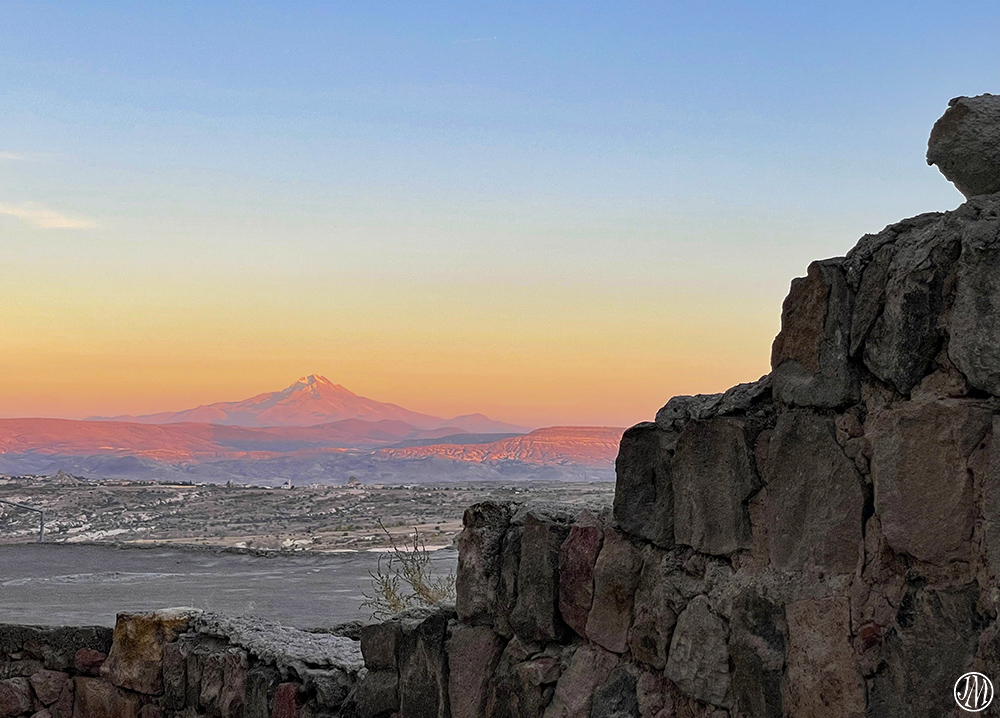
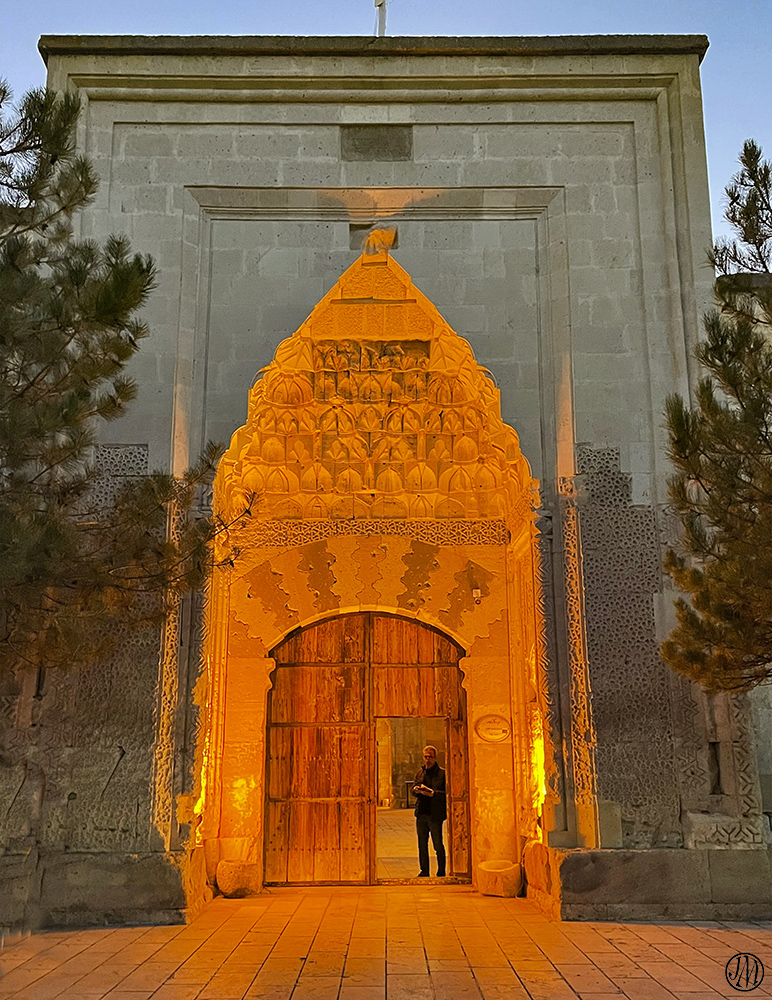
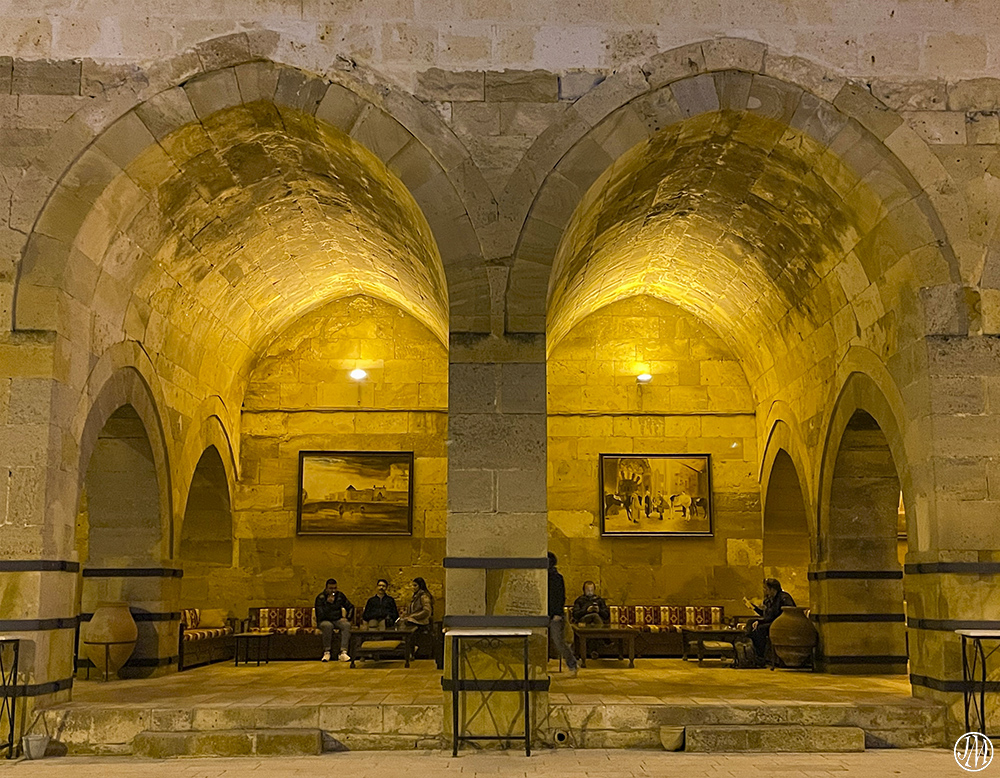
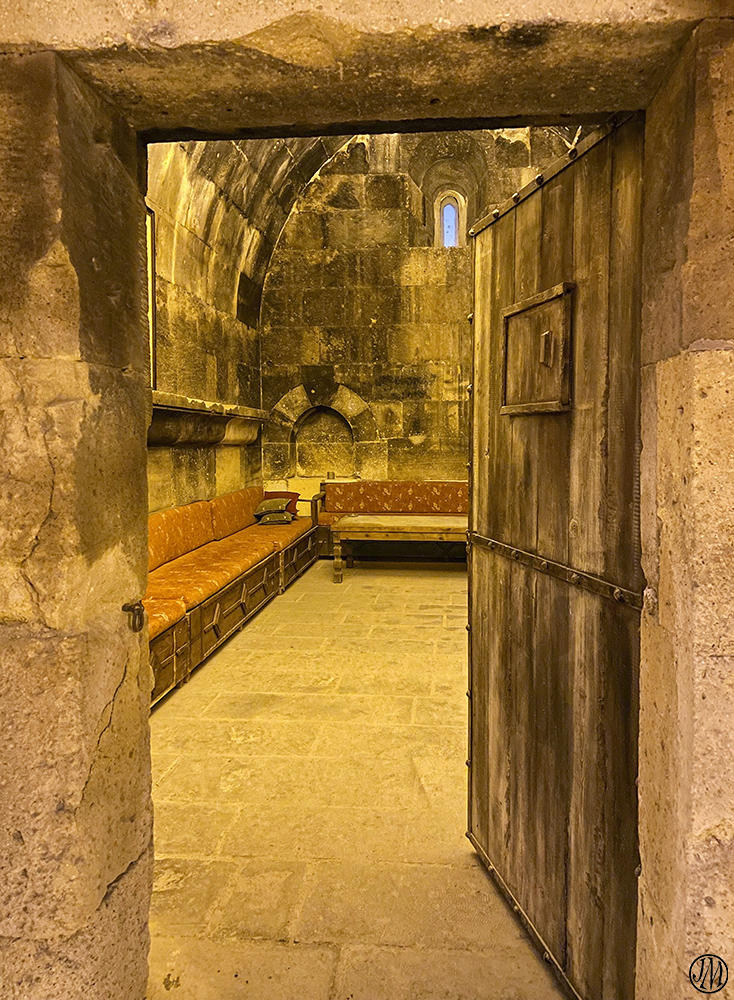
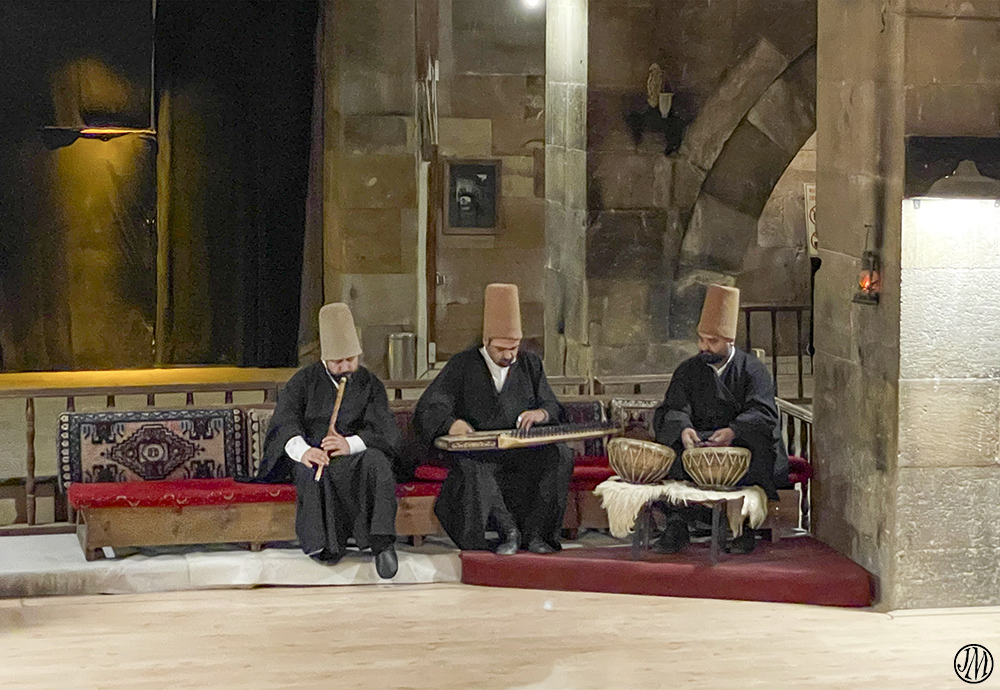
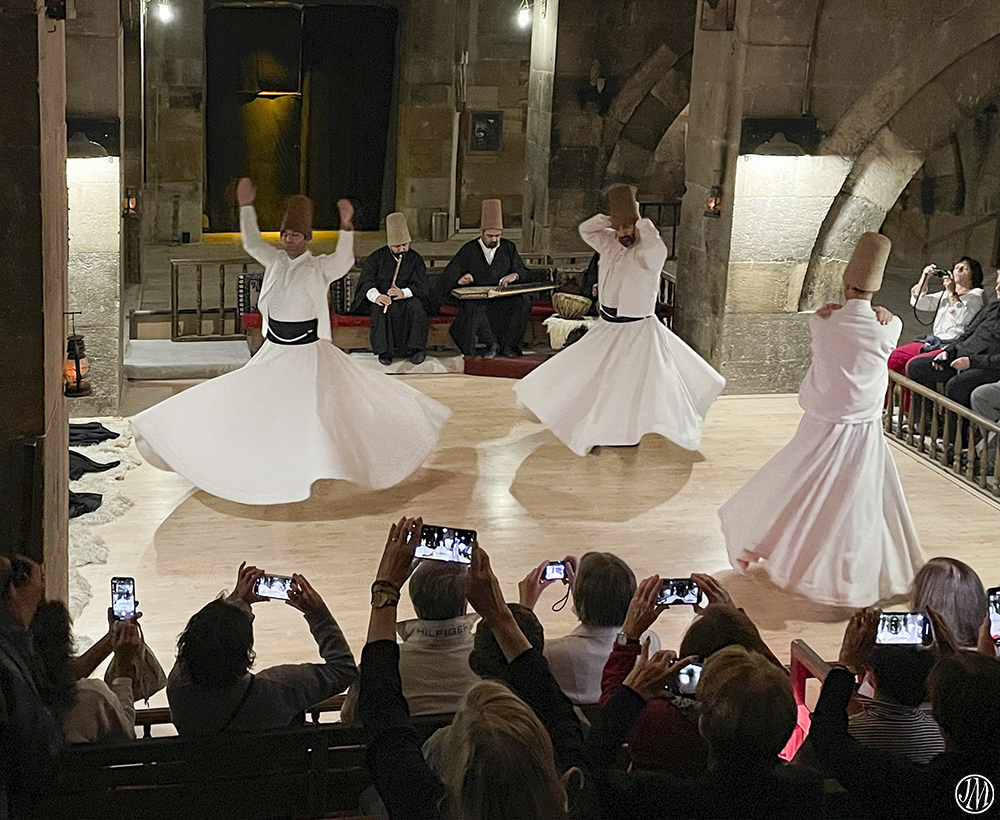
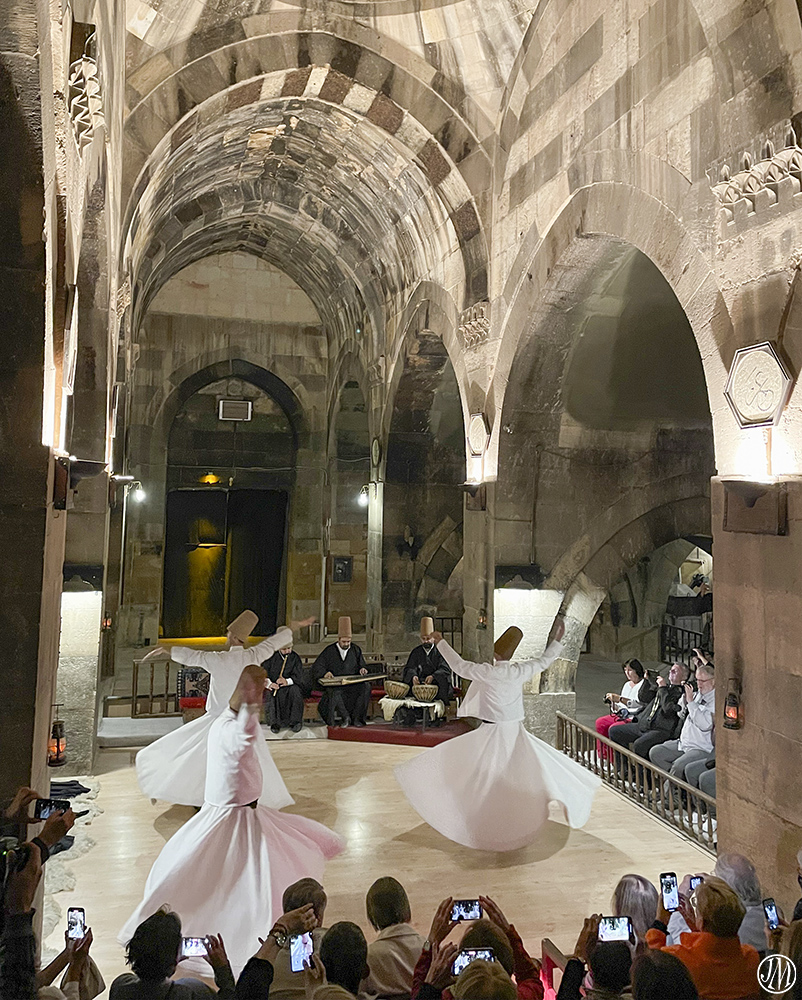
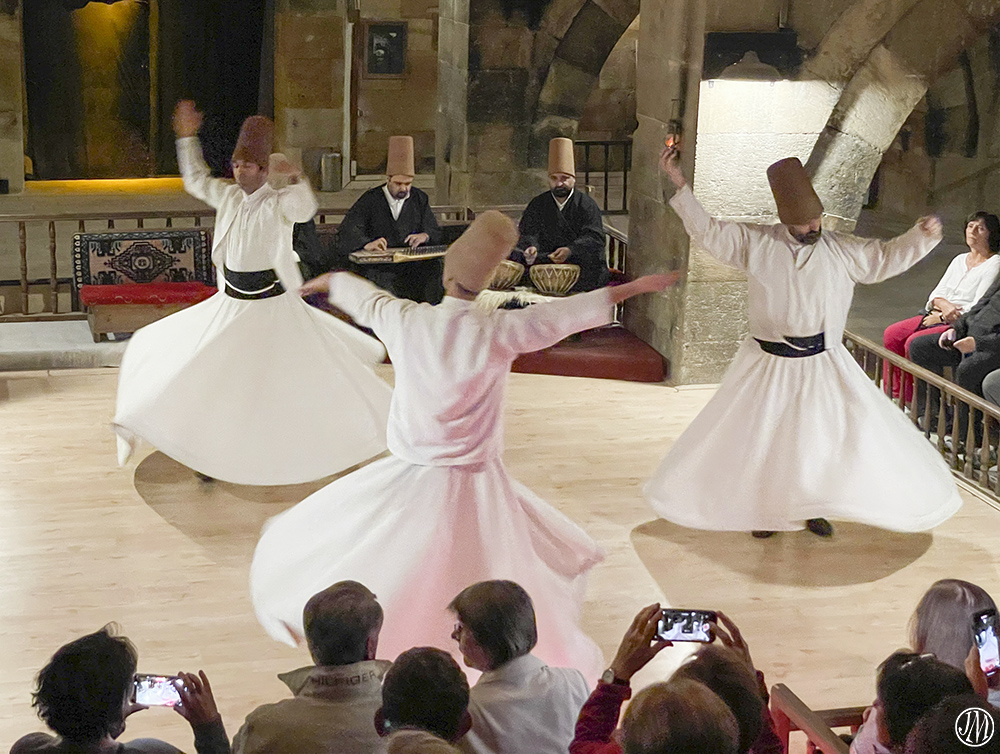
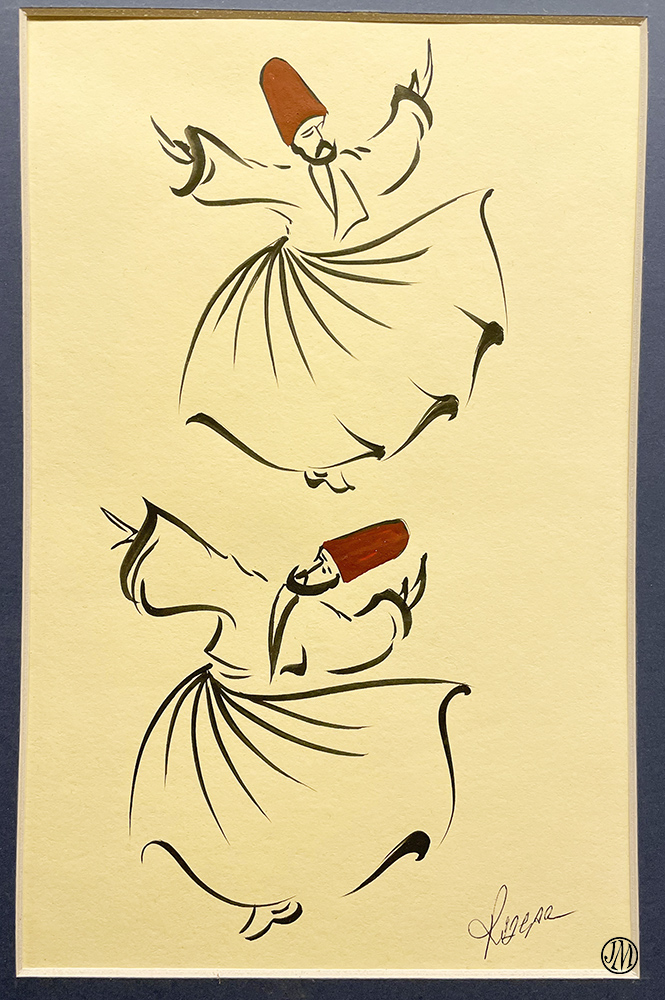
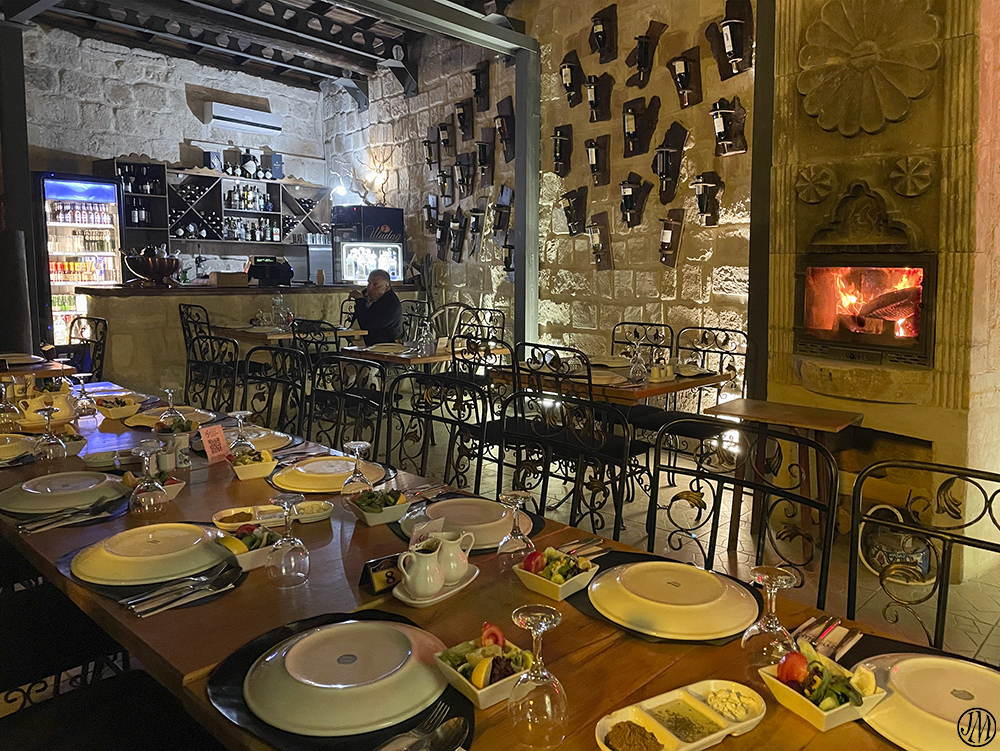
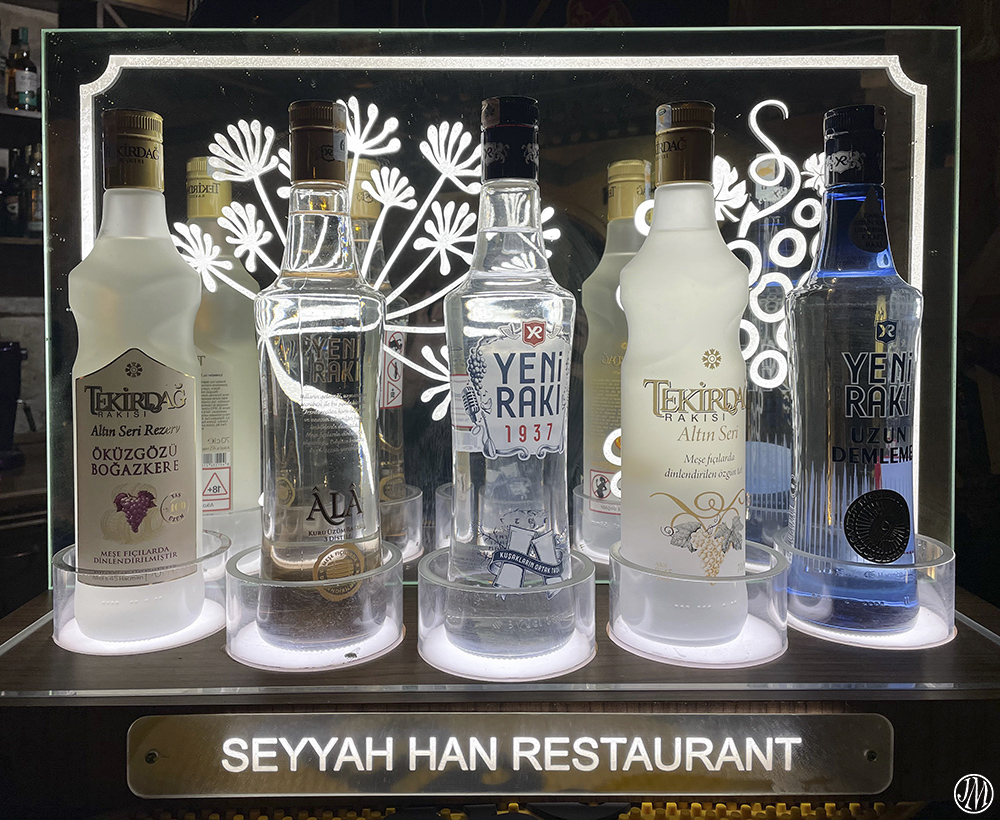
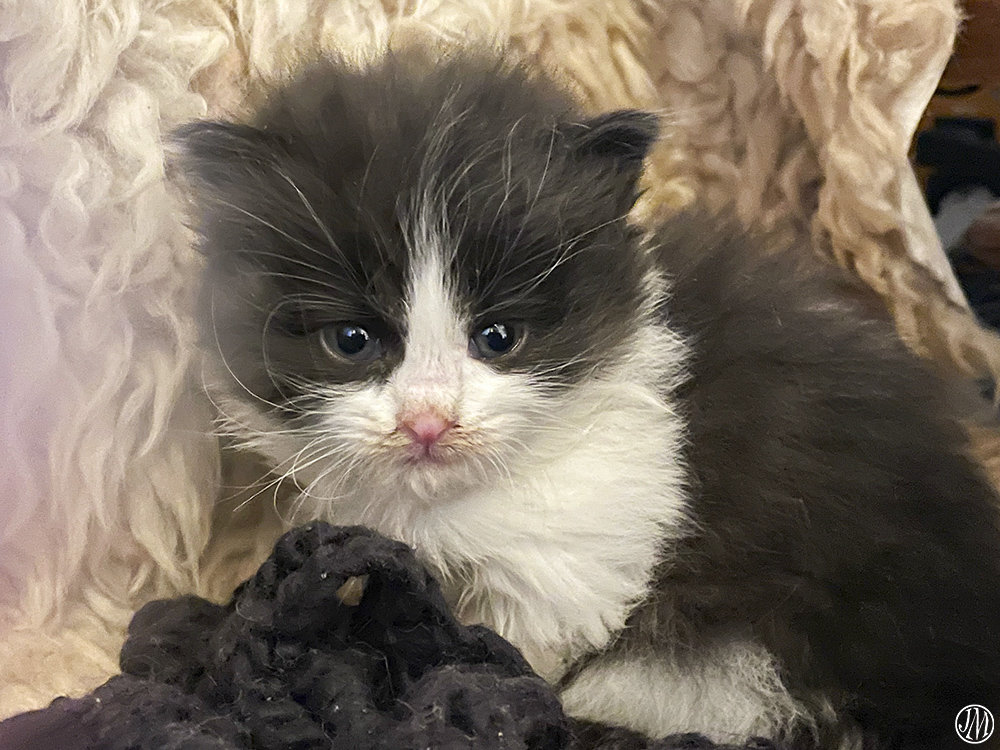
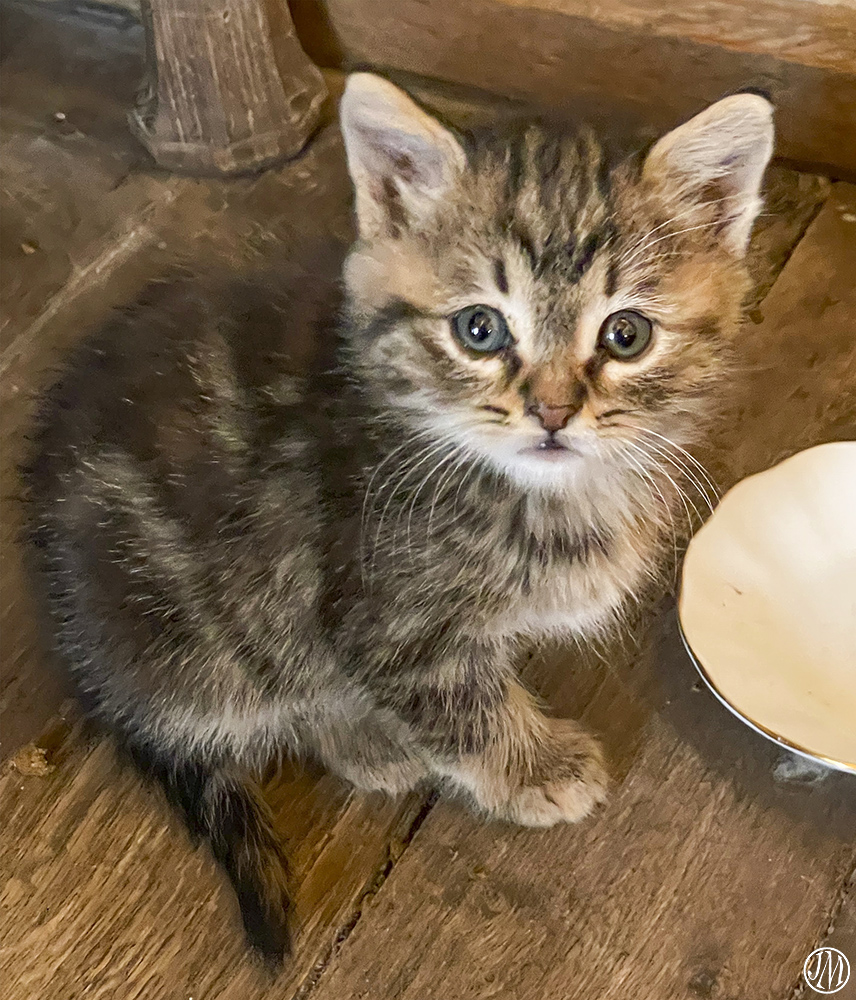
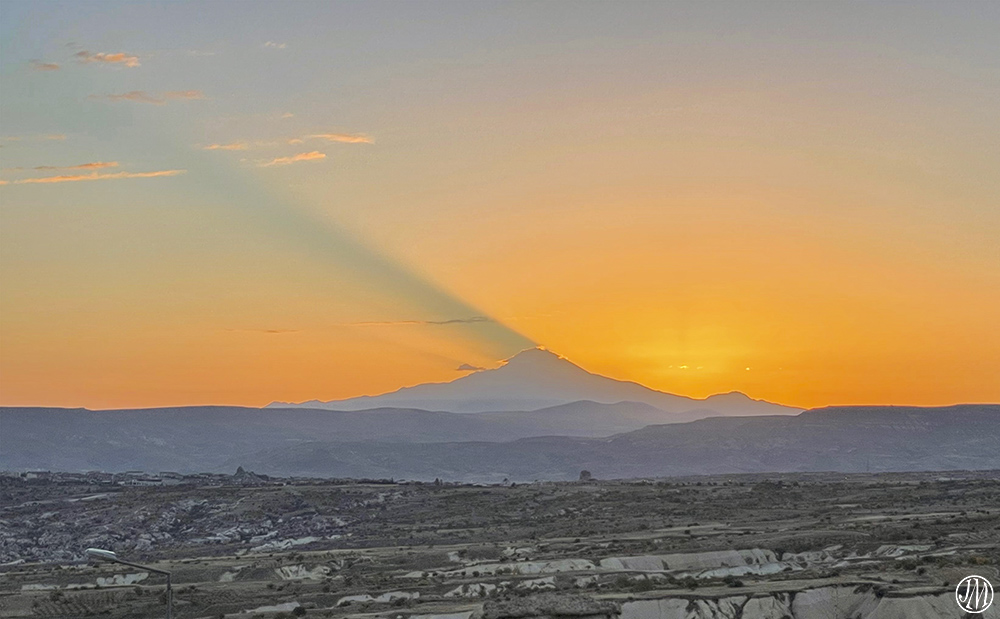

Brought back good memories of my trip. Roger F. and I went to school together. Hope it is ok I shared your site with my Dr. He likes to travel.
Loved it. I do not know this part of the world at all, and it has all been quite fascinating. Thanks for putting it together so I could see the photos and background notes.
What an amazing and rich day – I can’t believe all you saw as each was enough for a day in itself. The underground city, the caravanseries and the farmers…all phenomenal. You have captured the magic